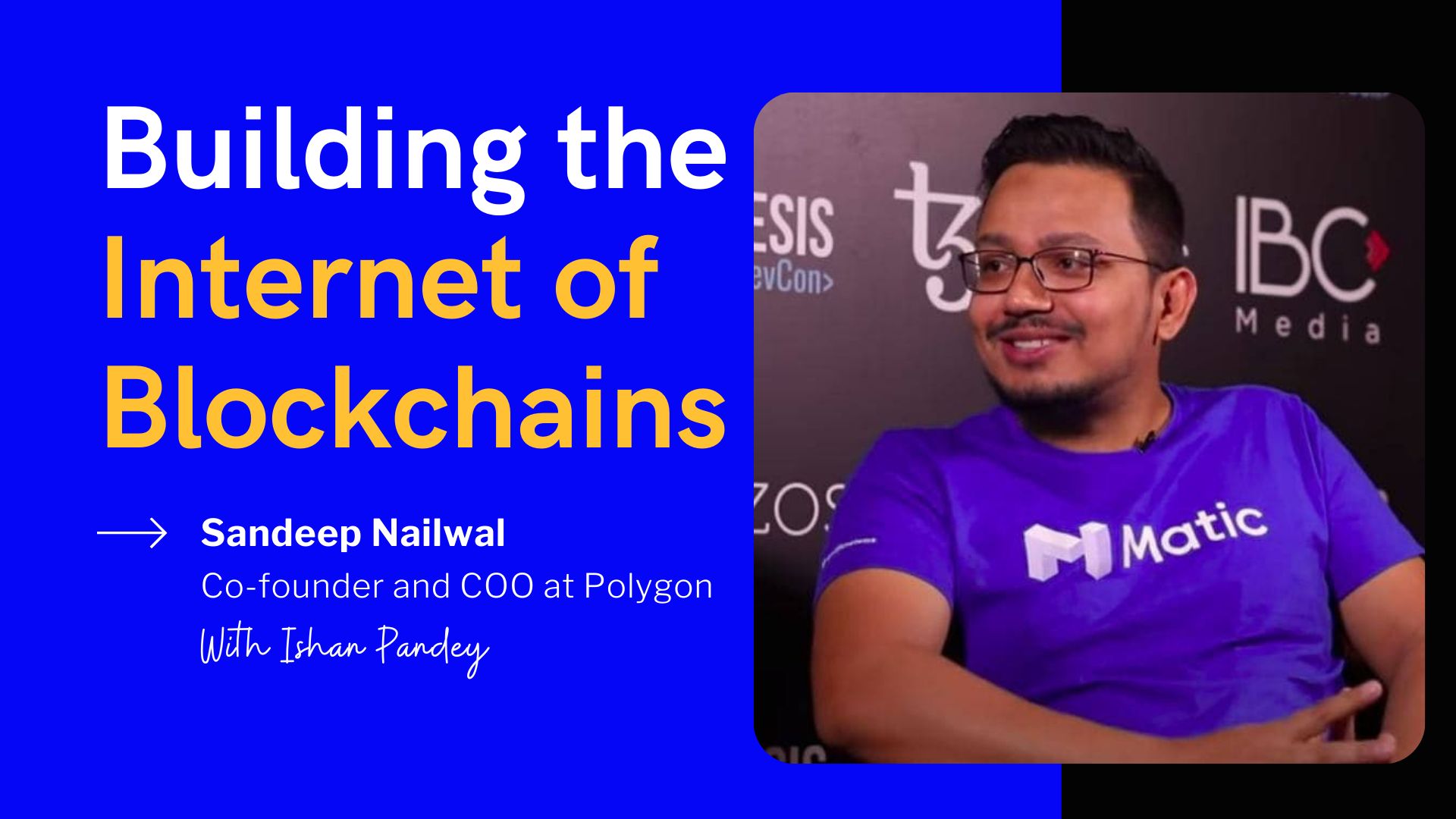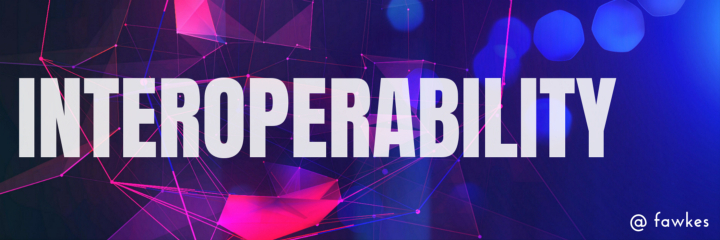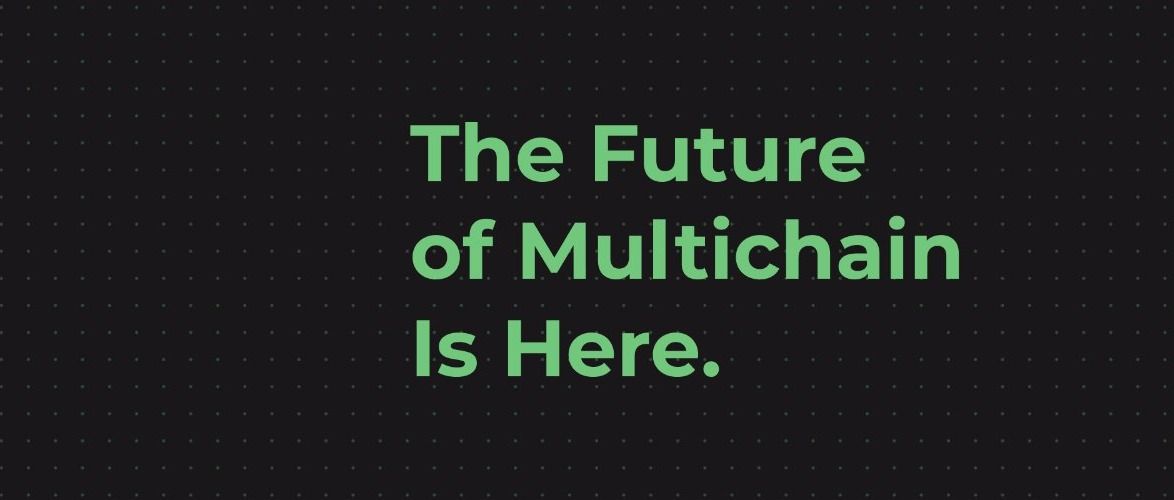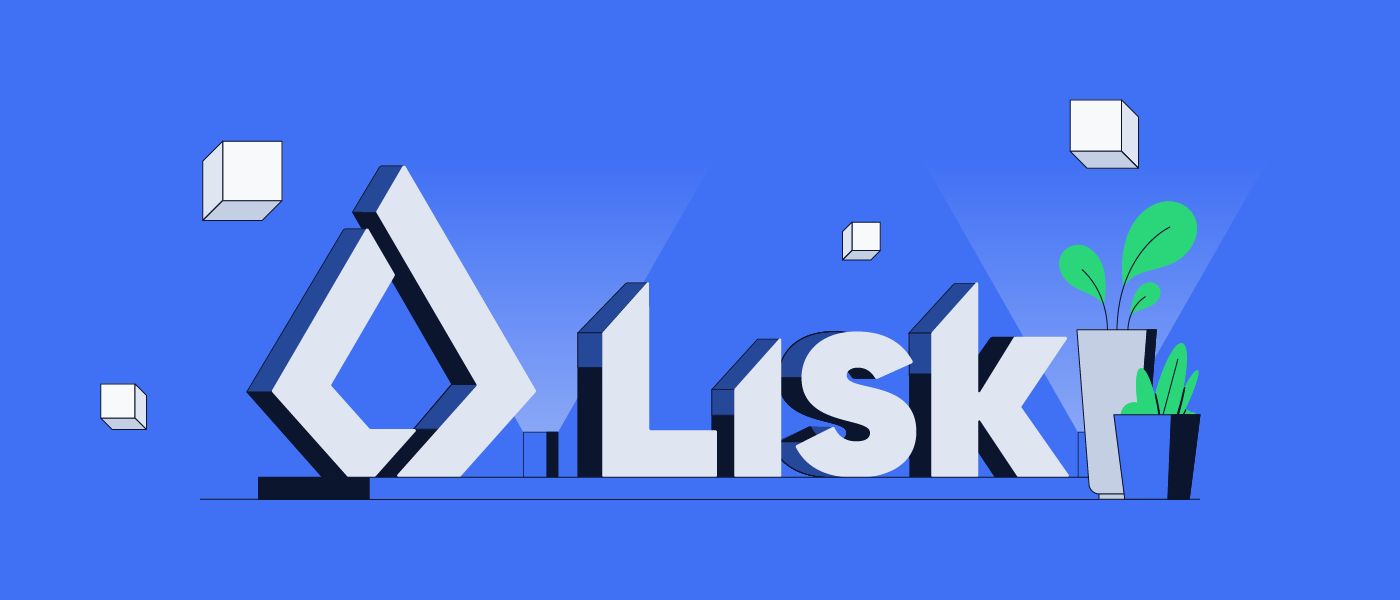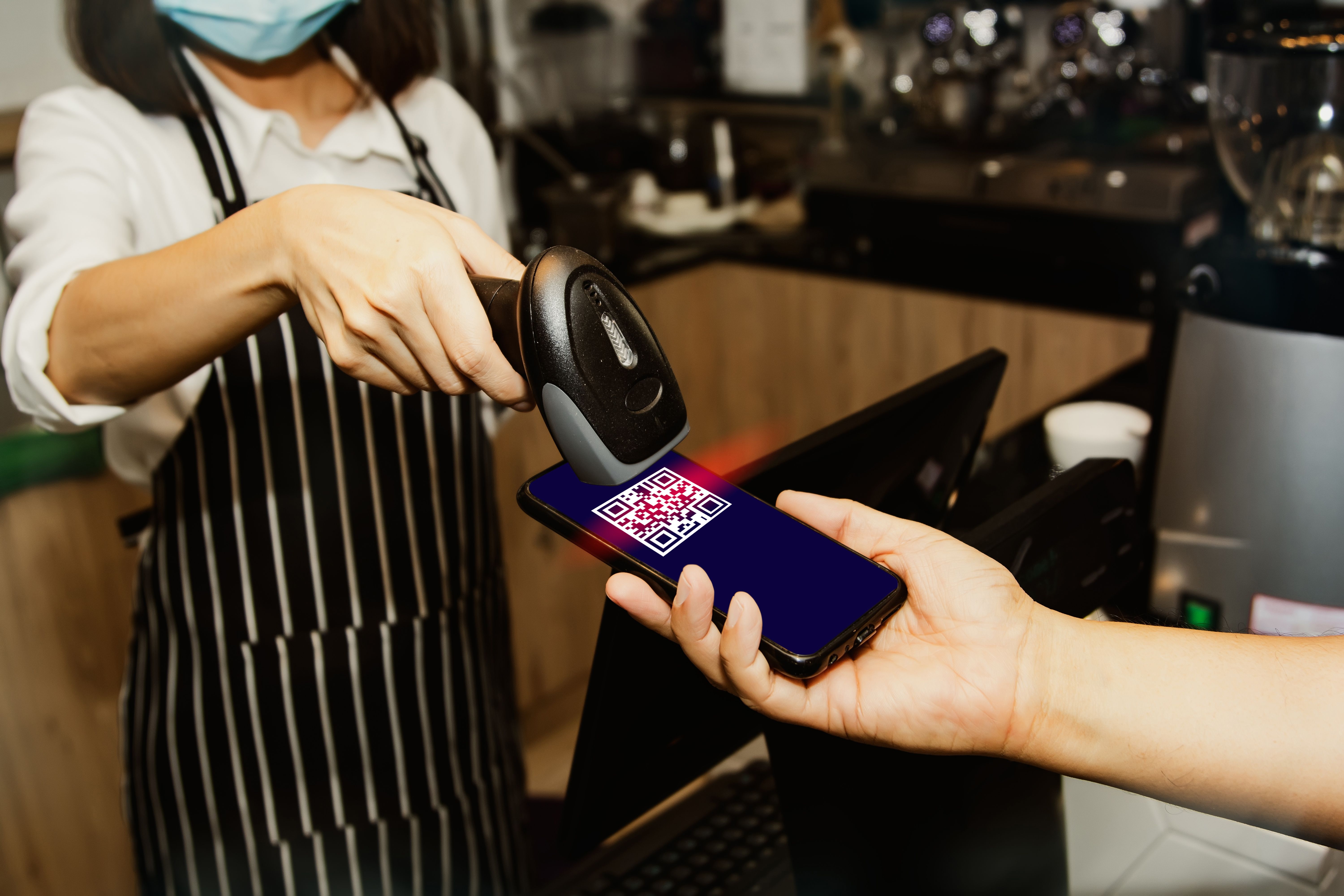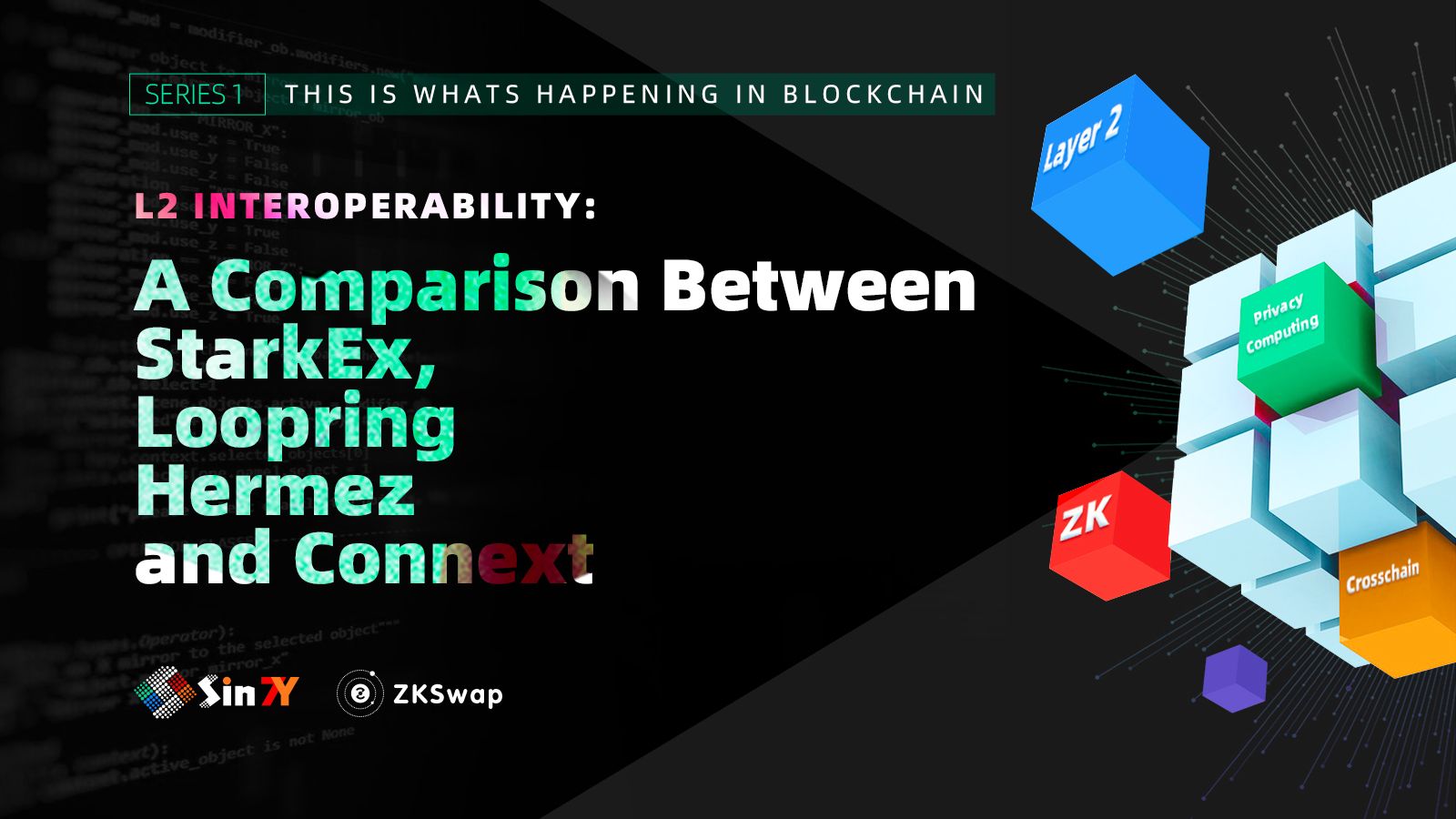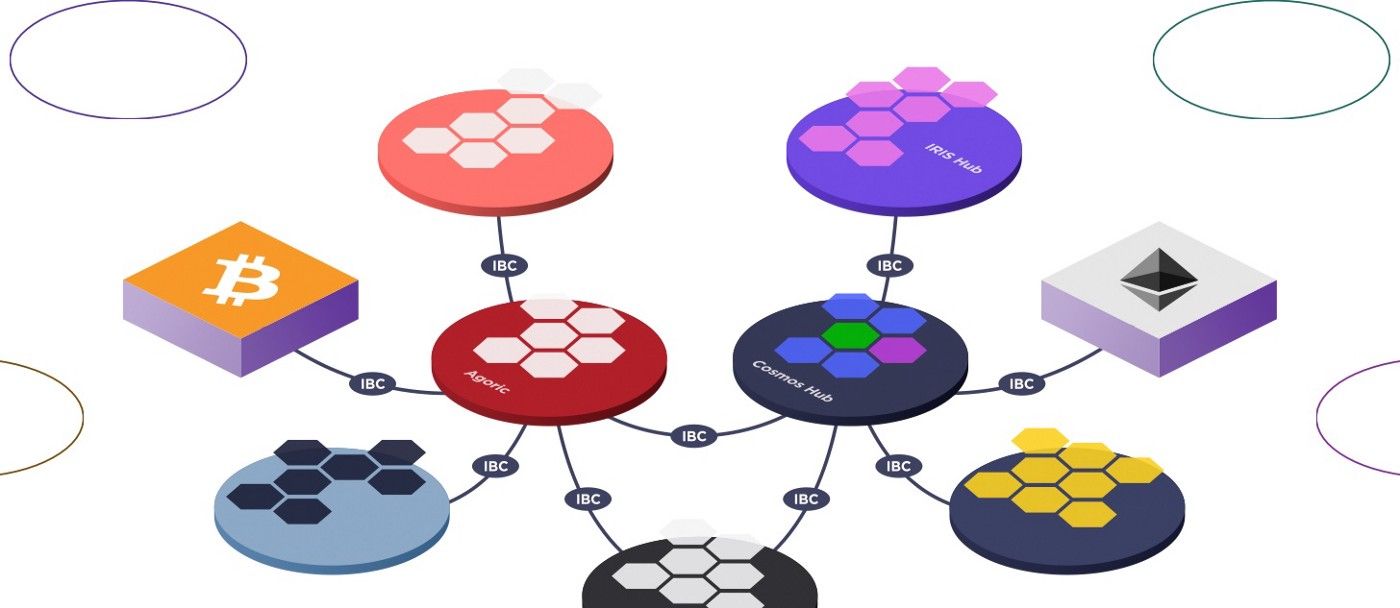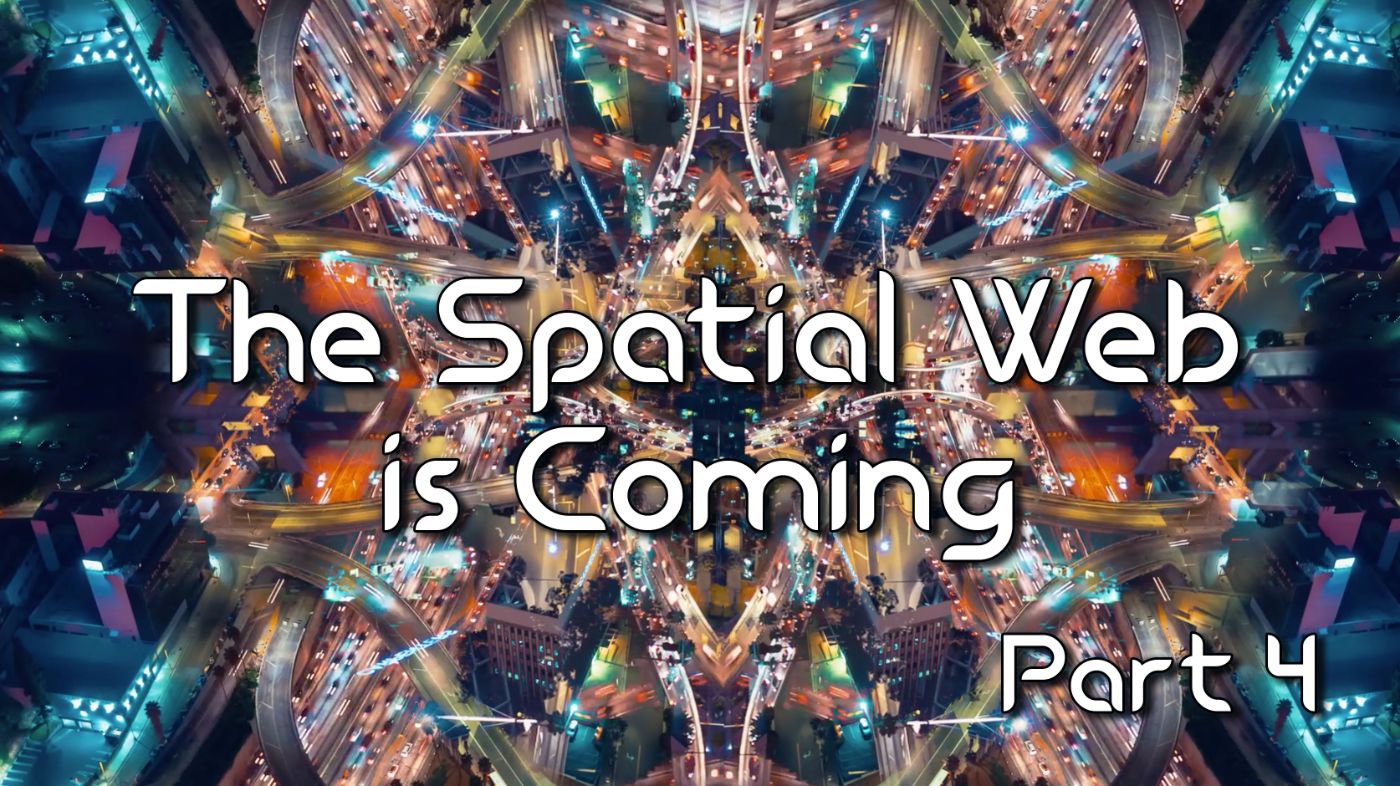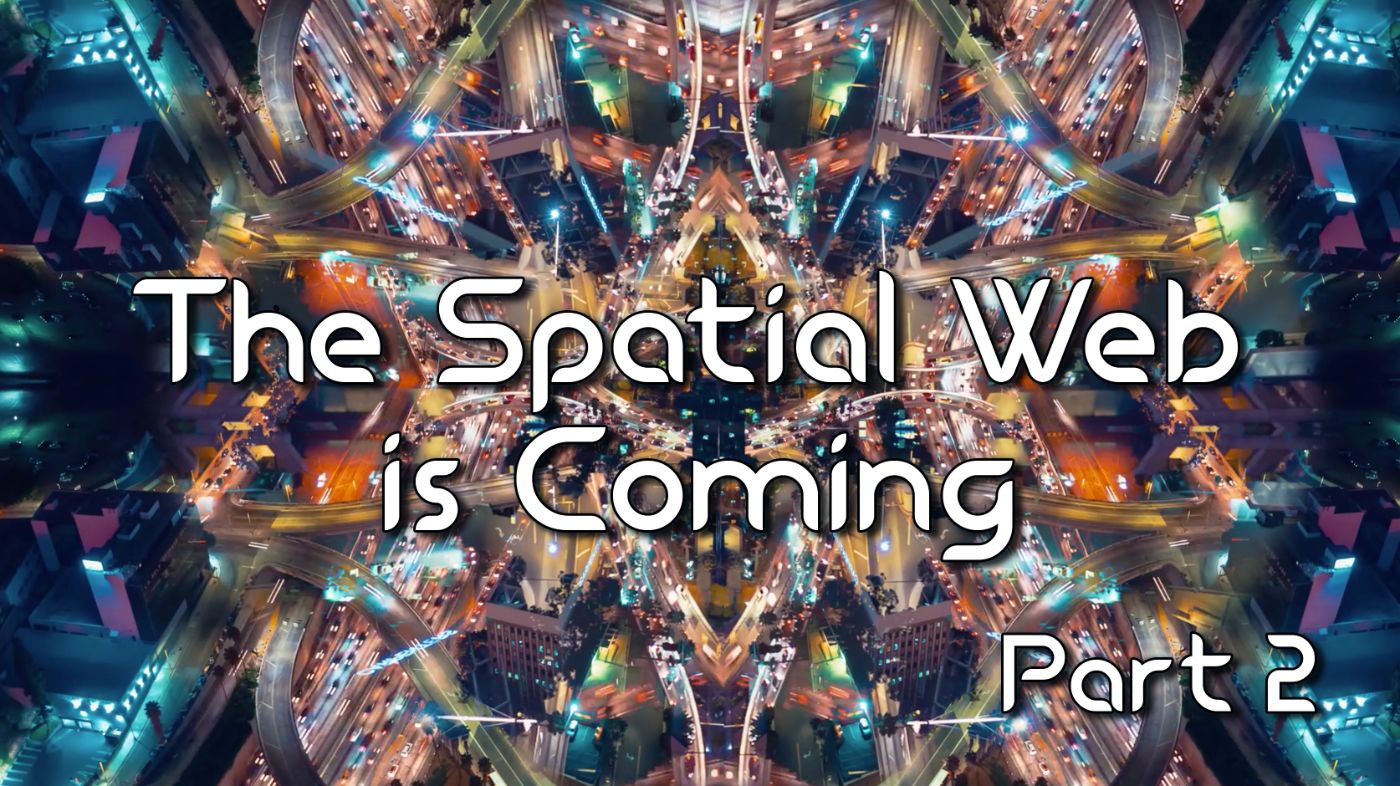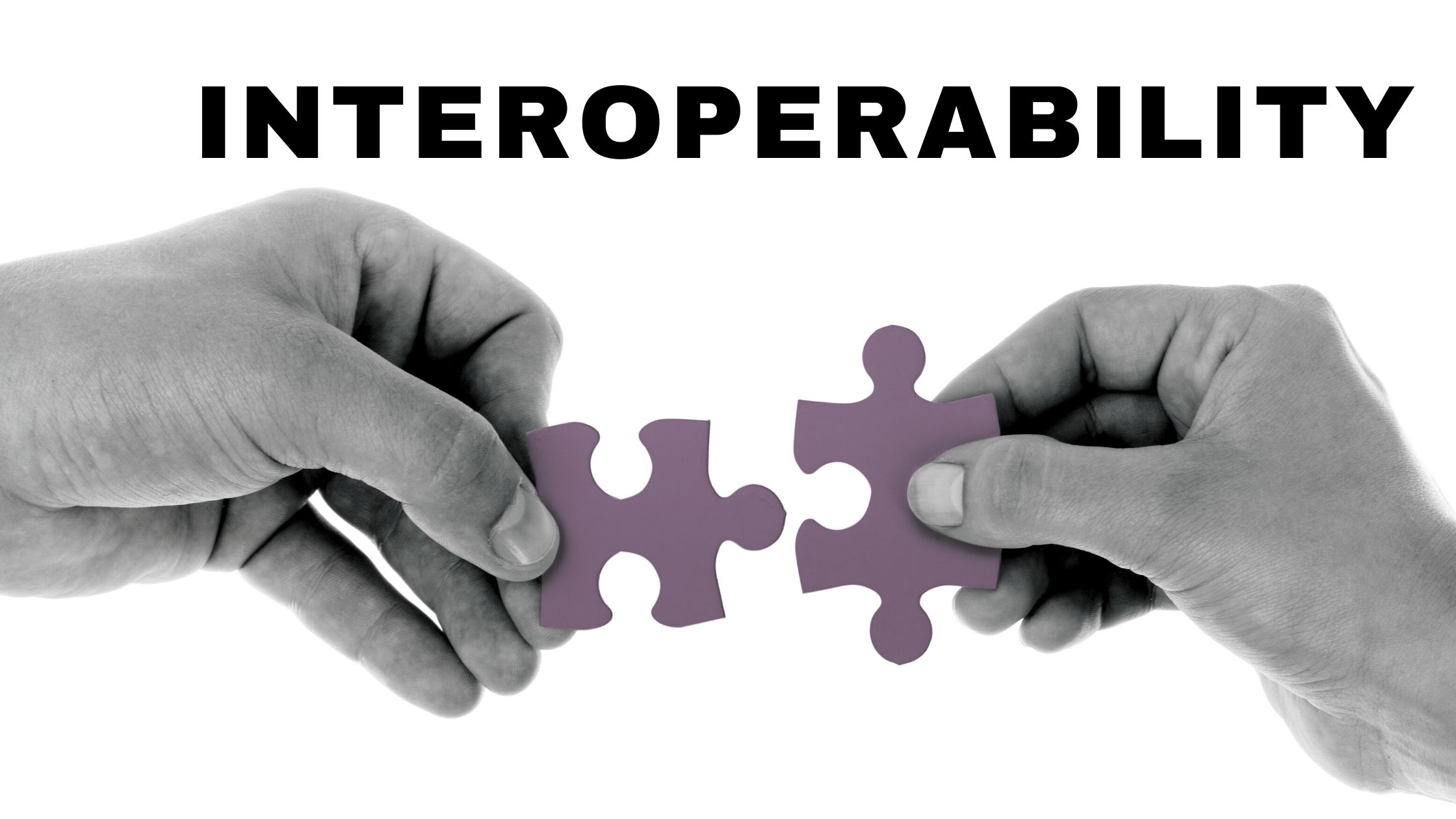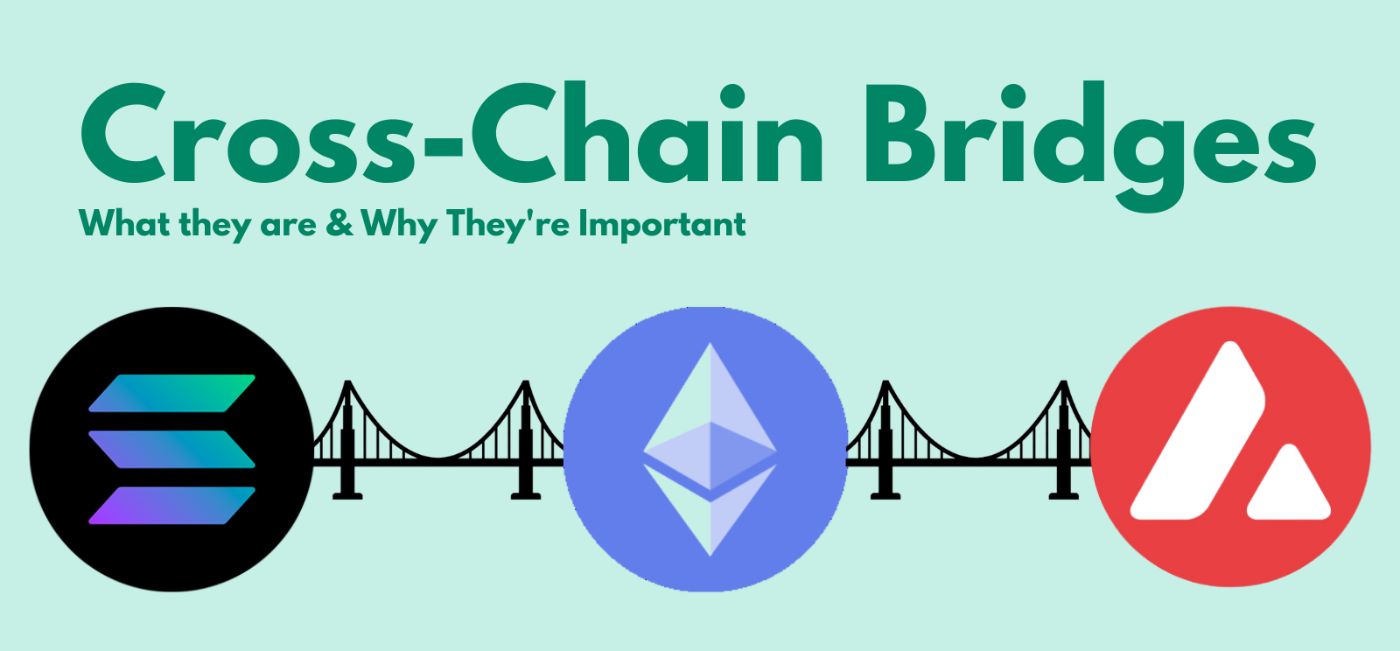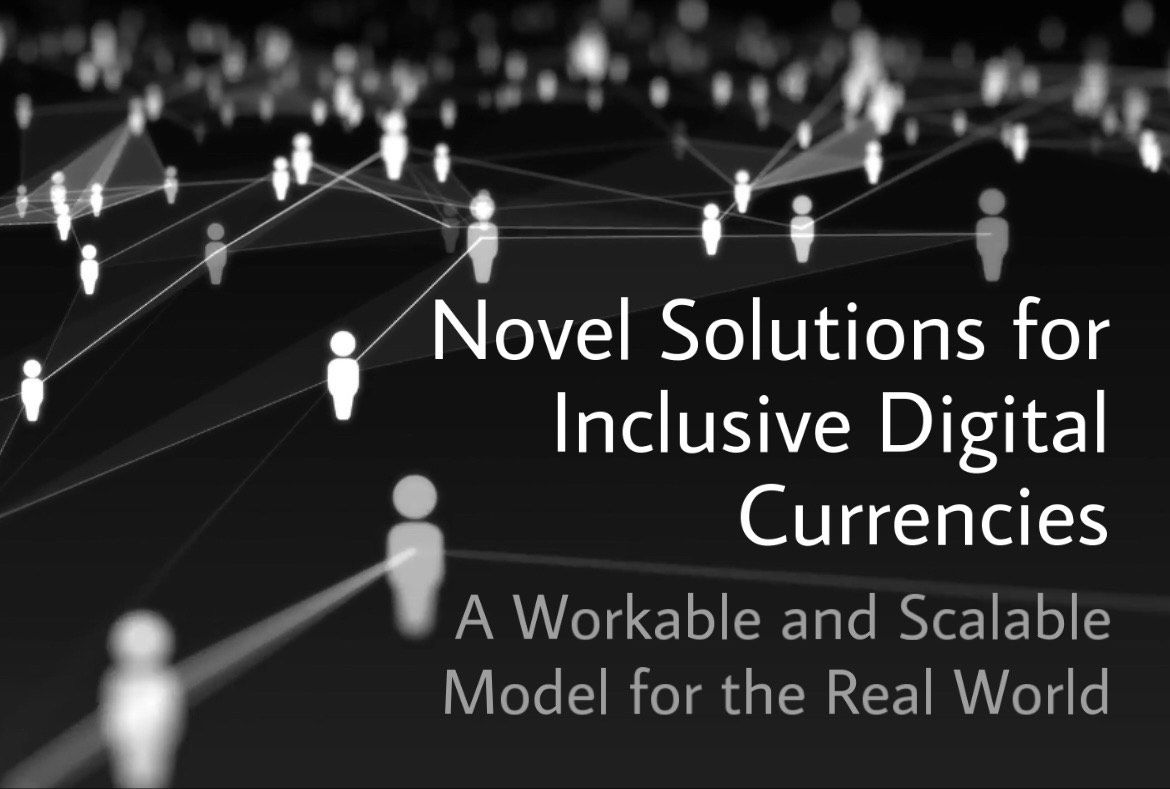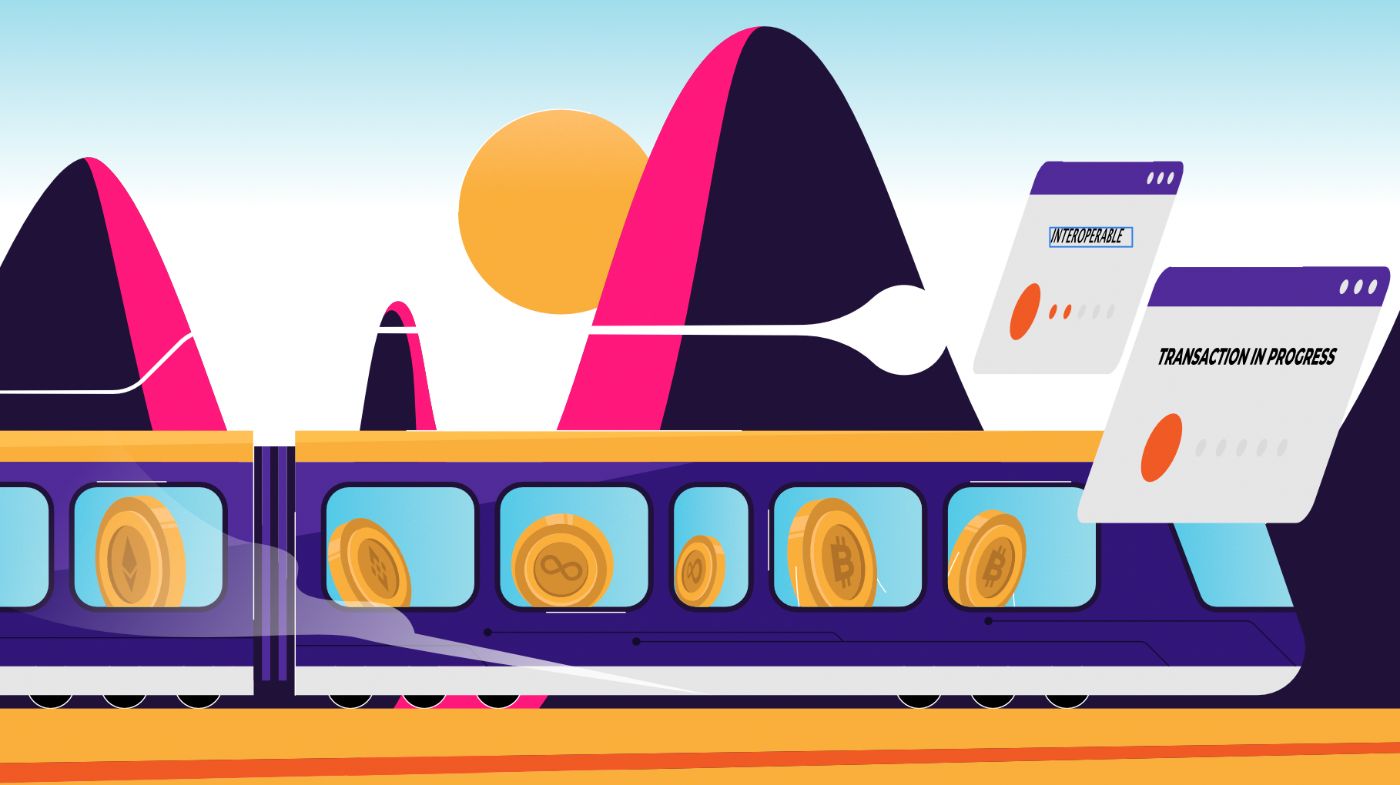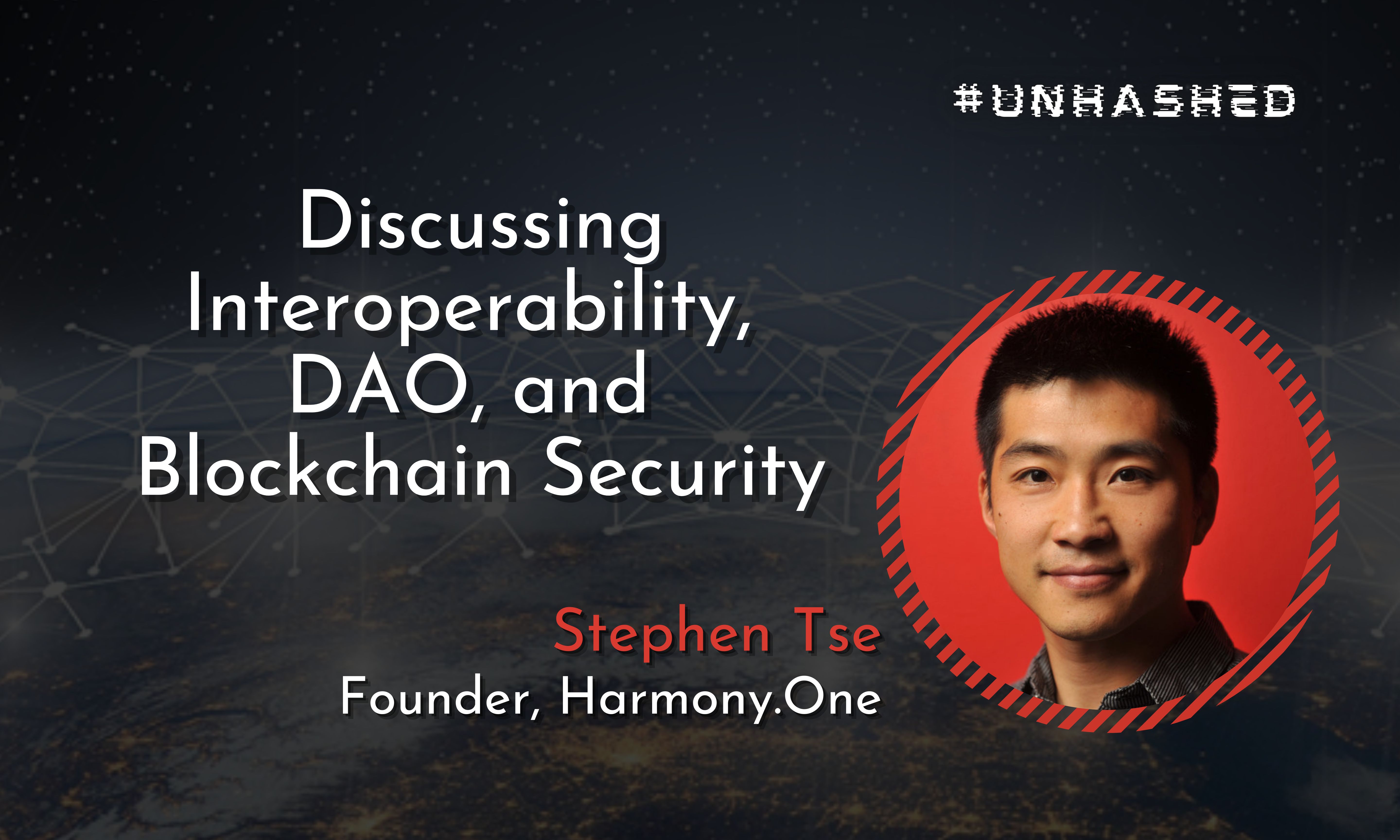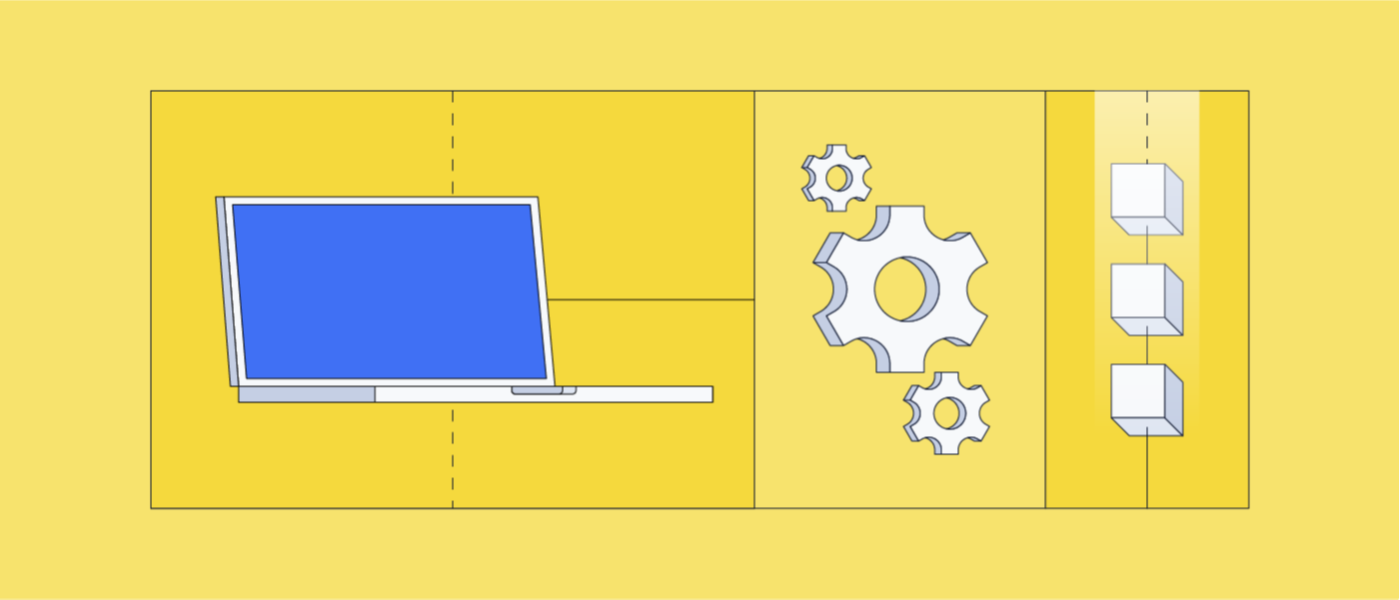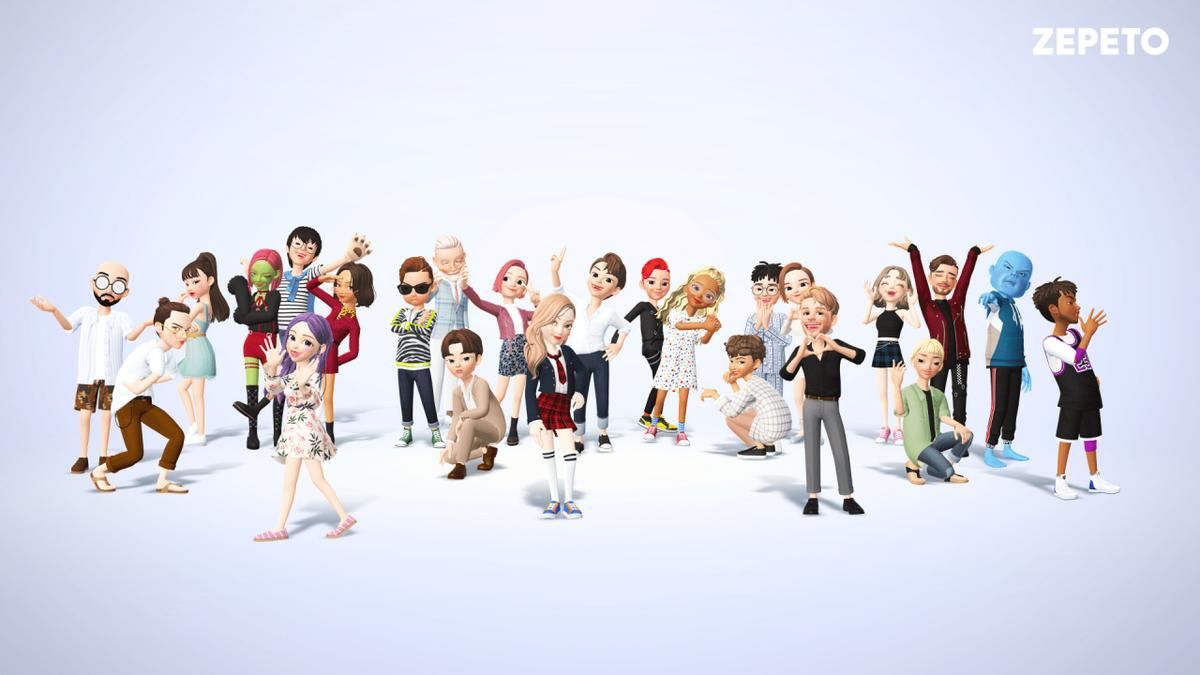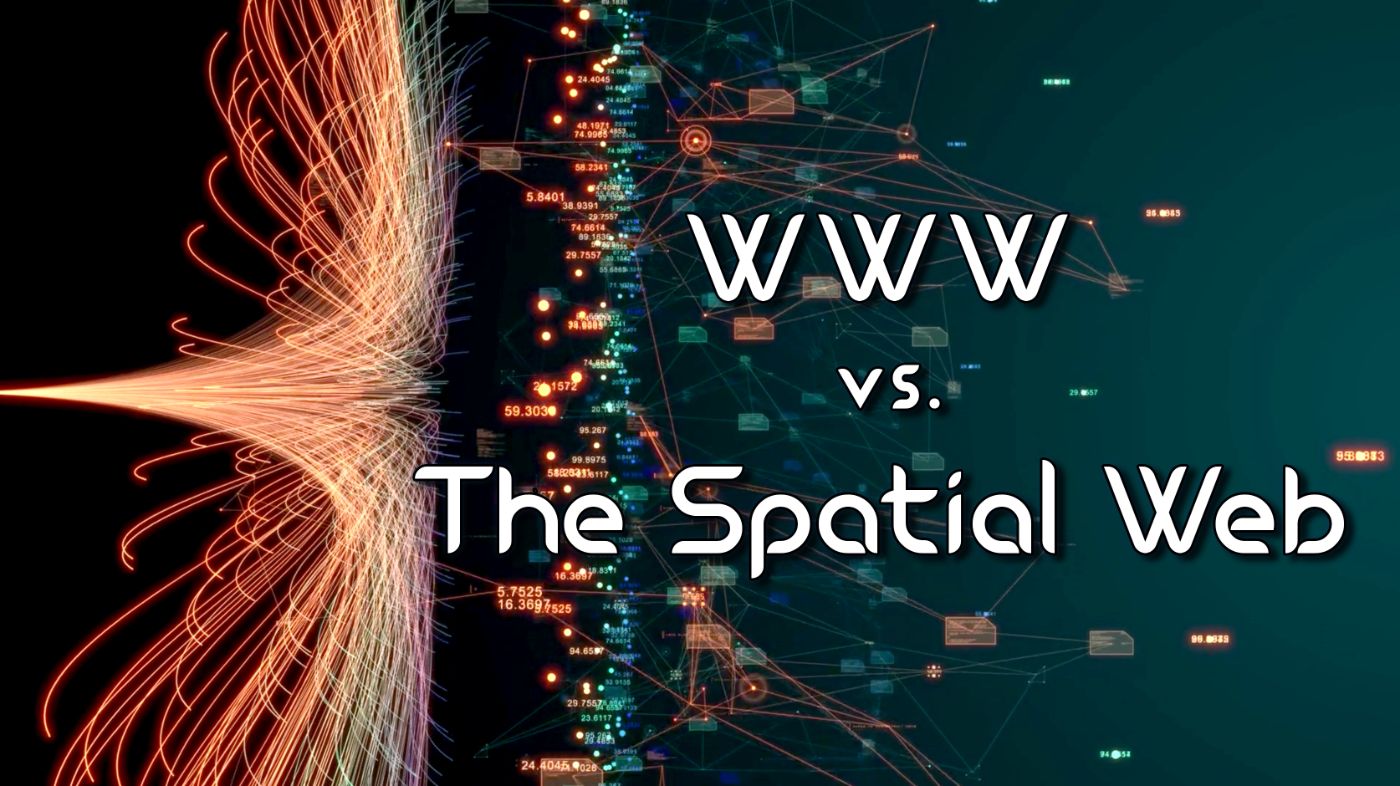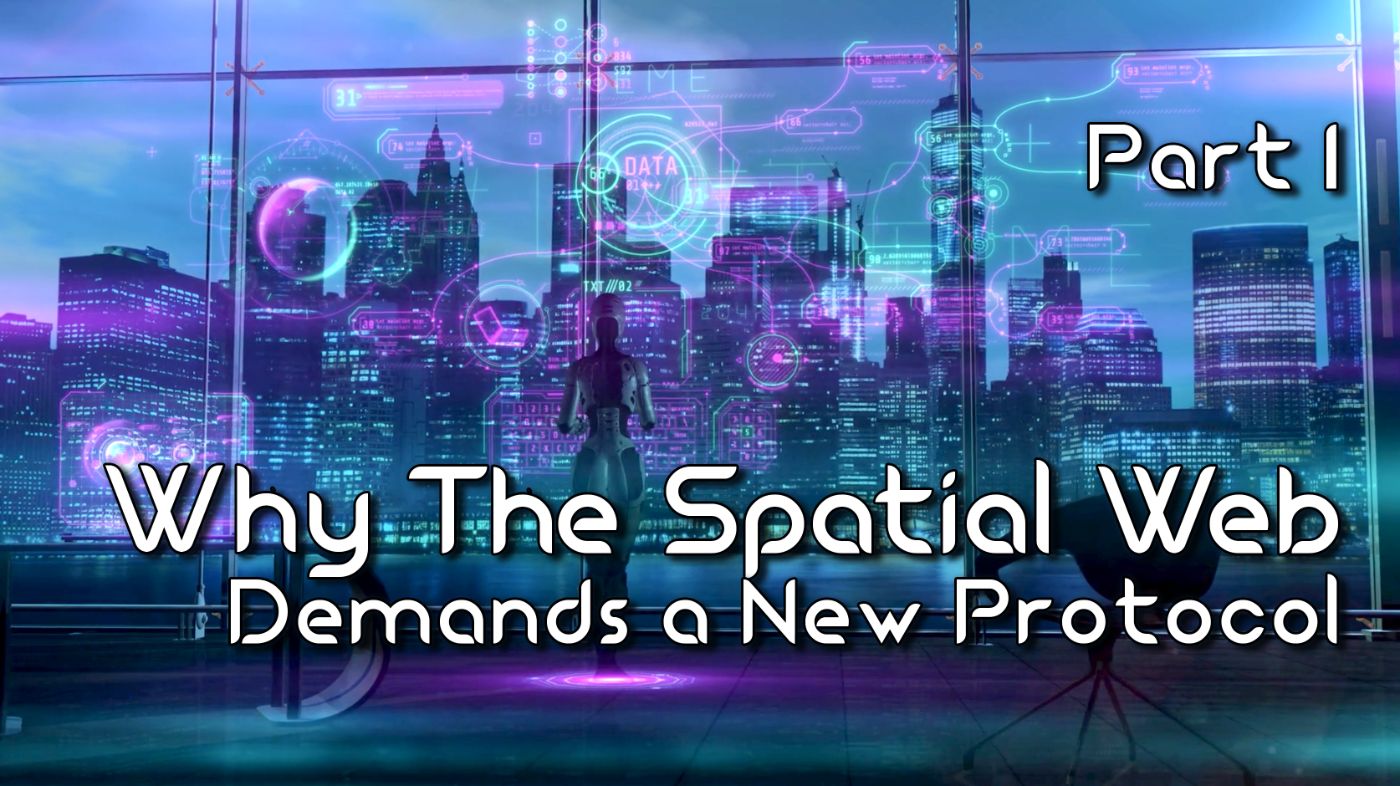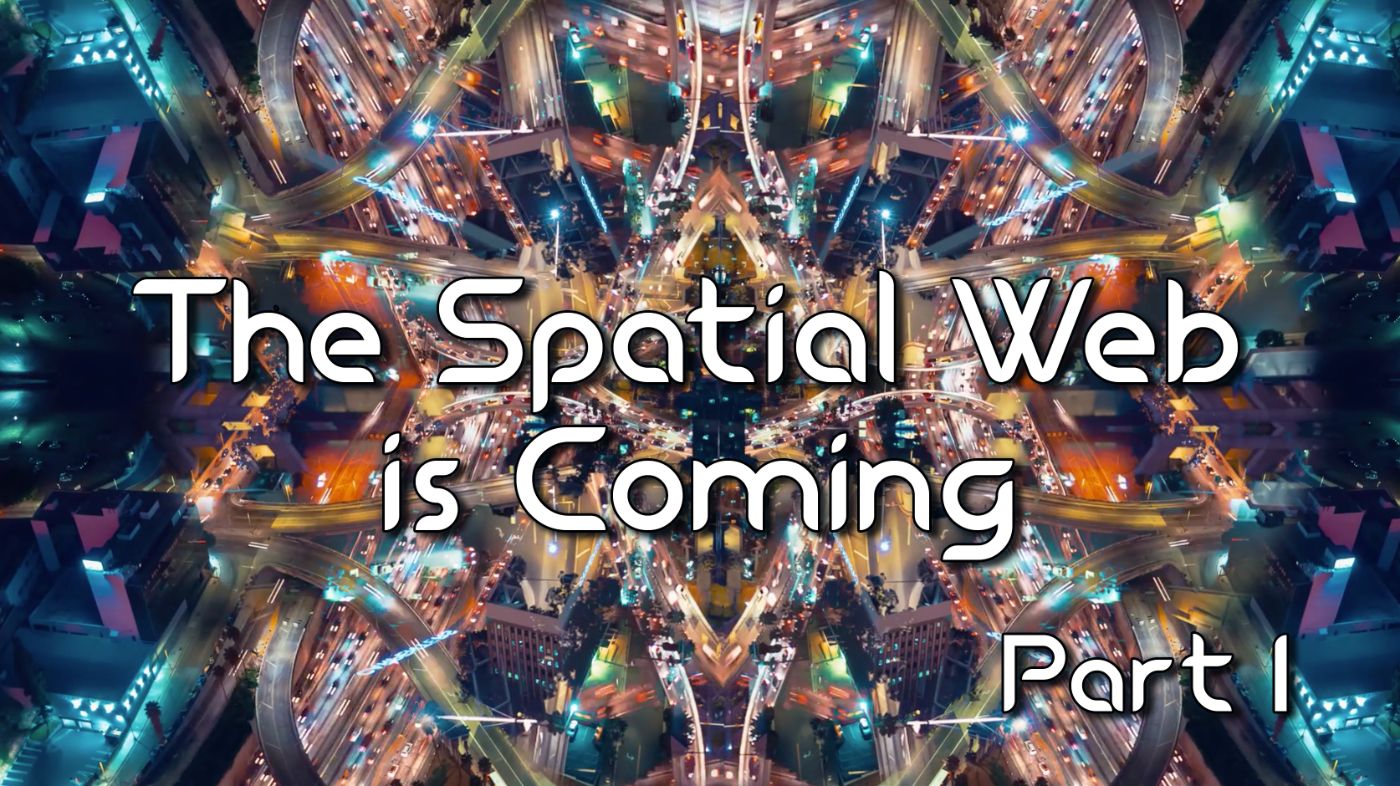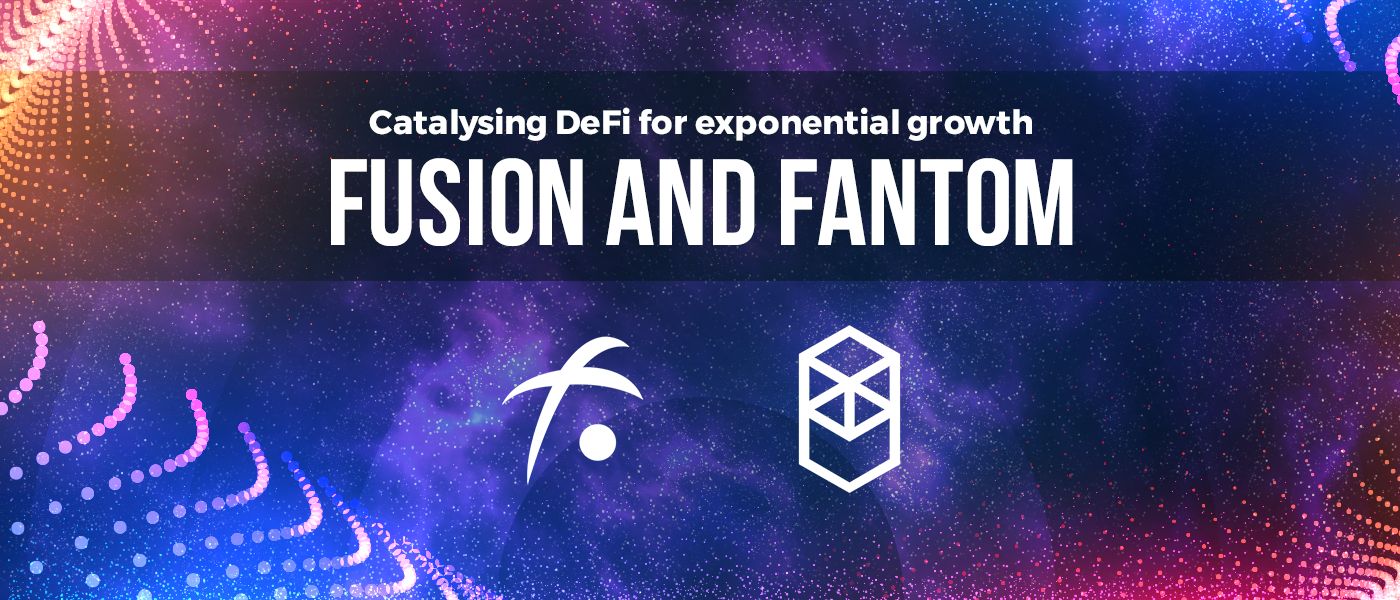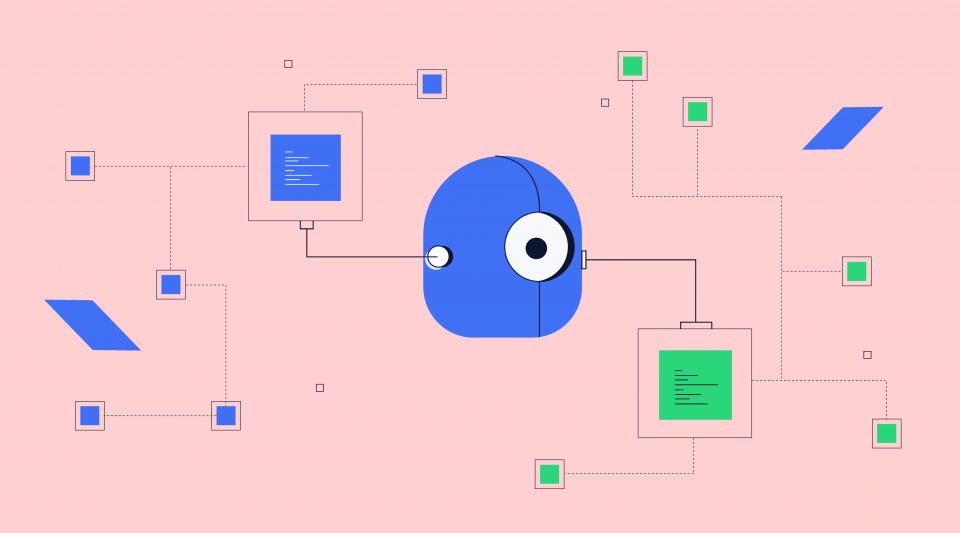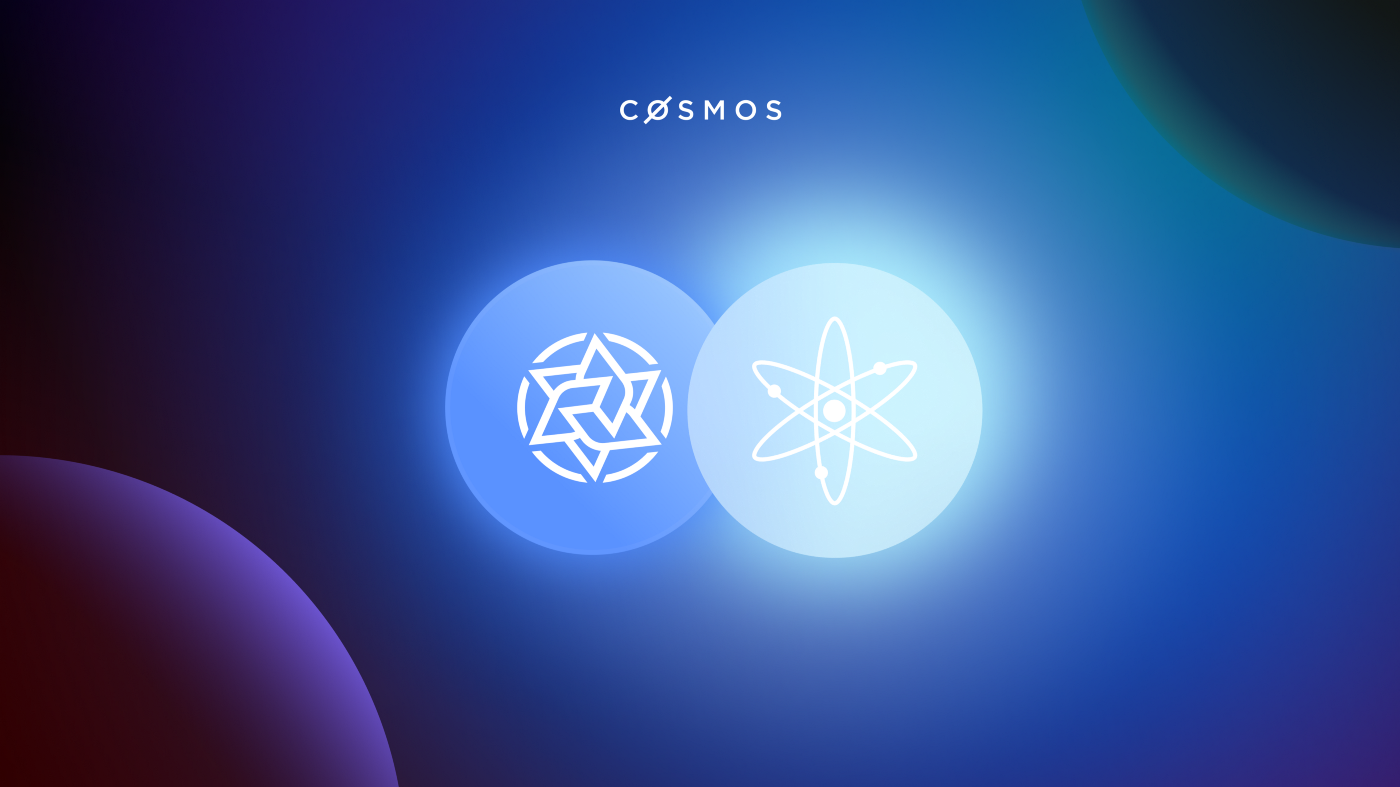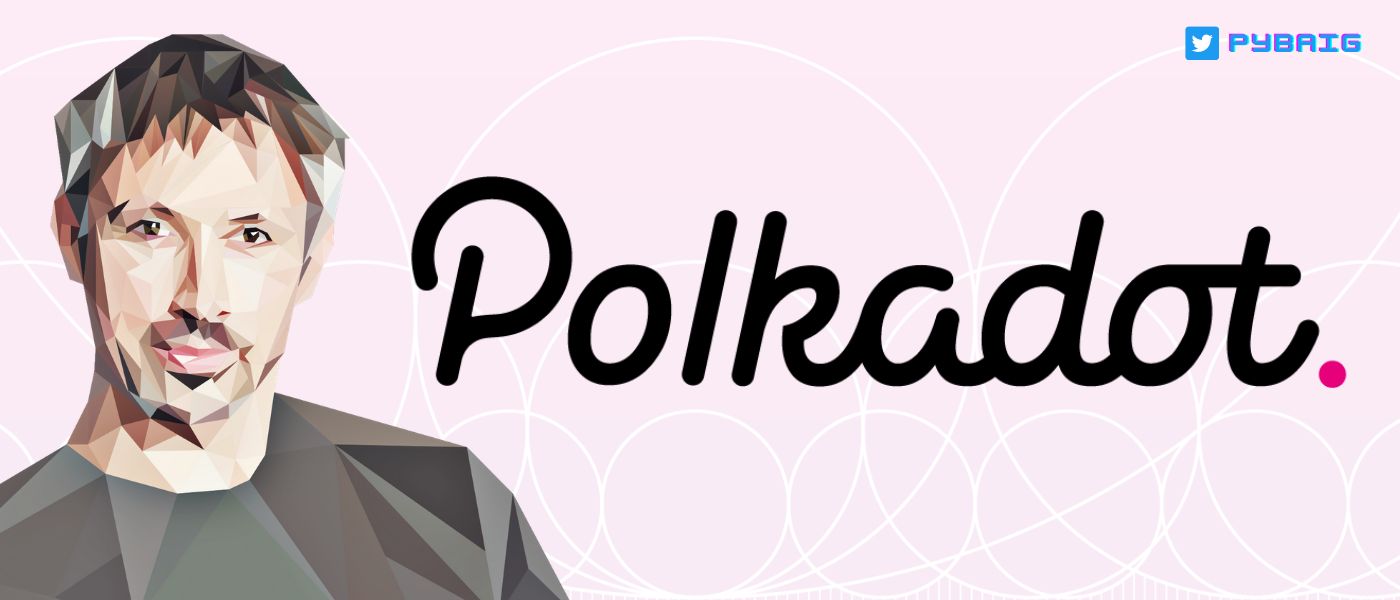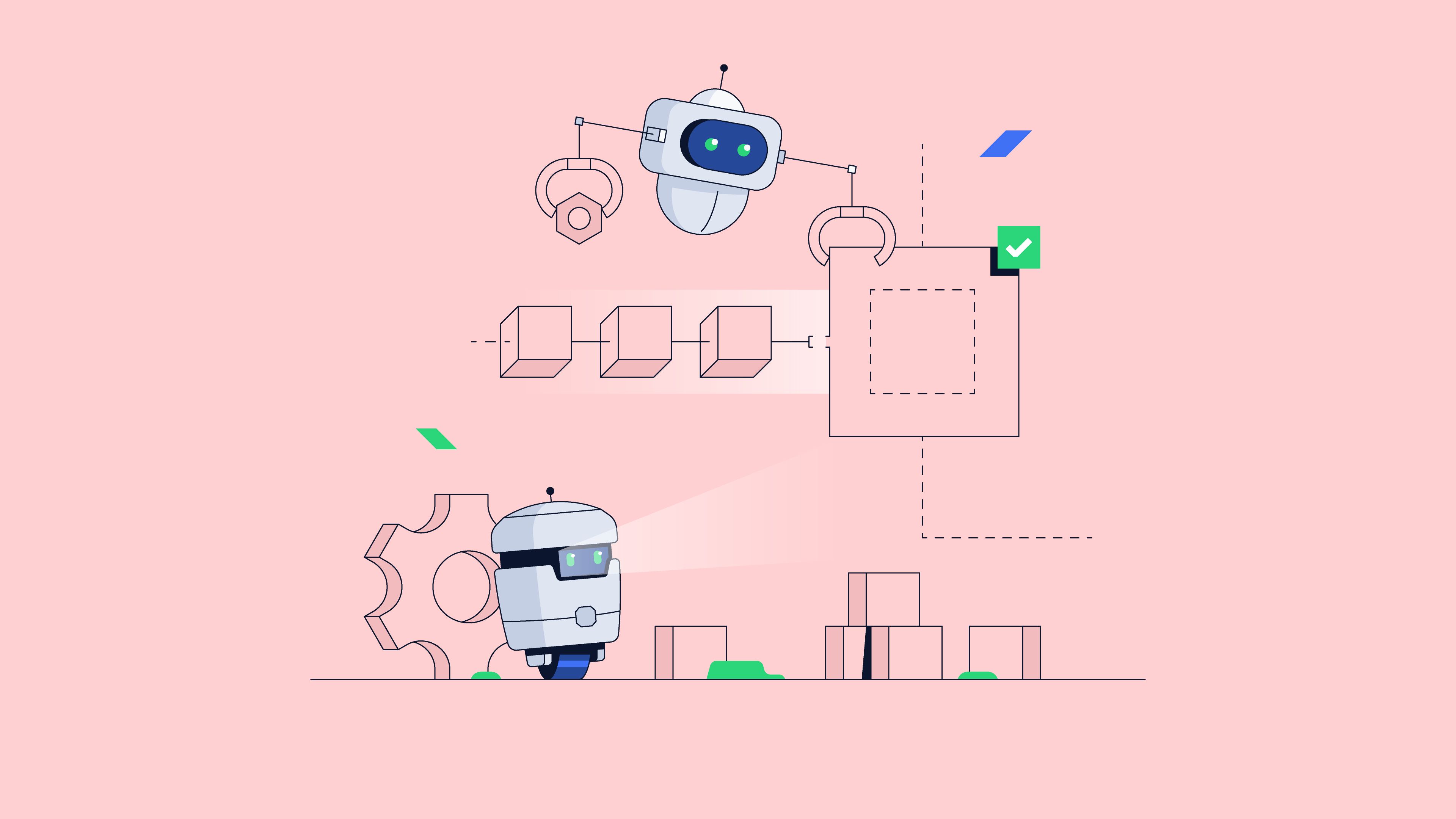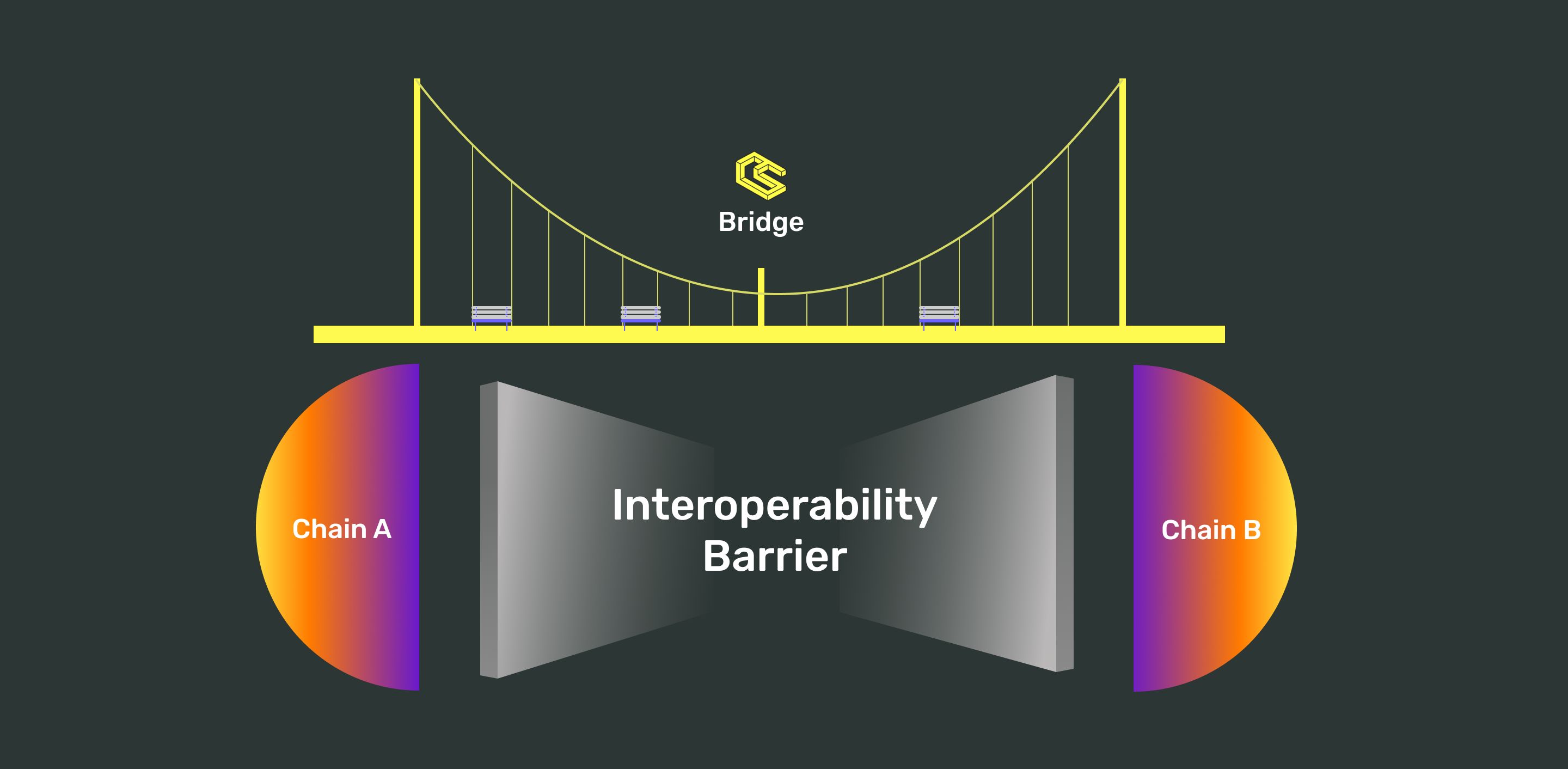
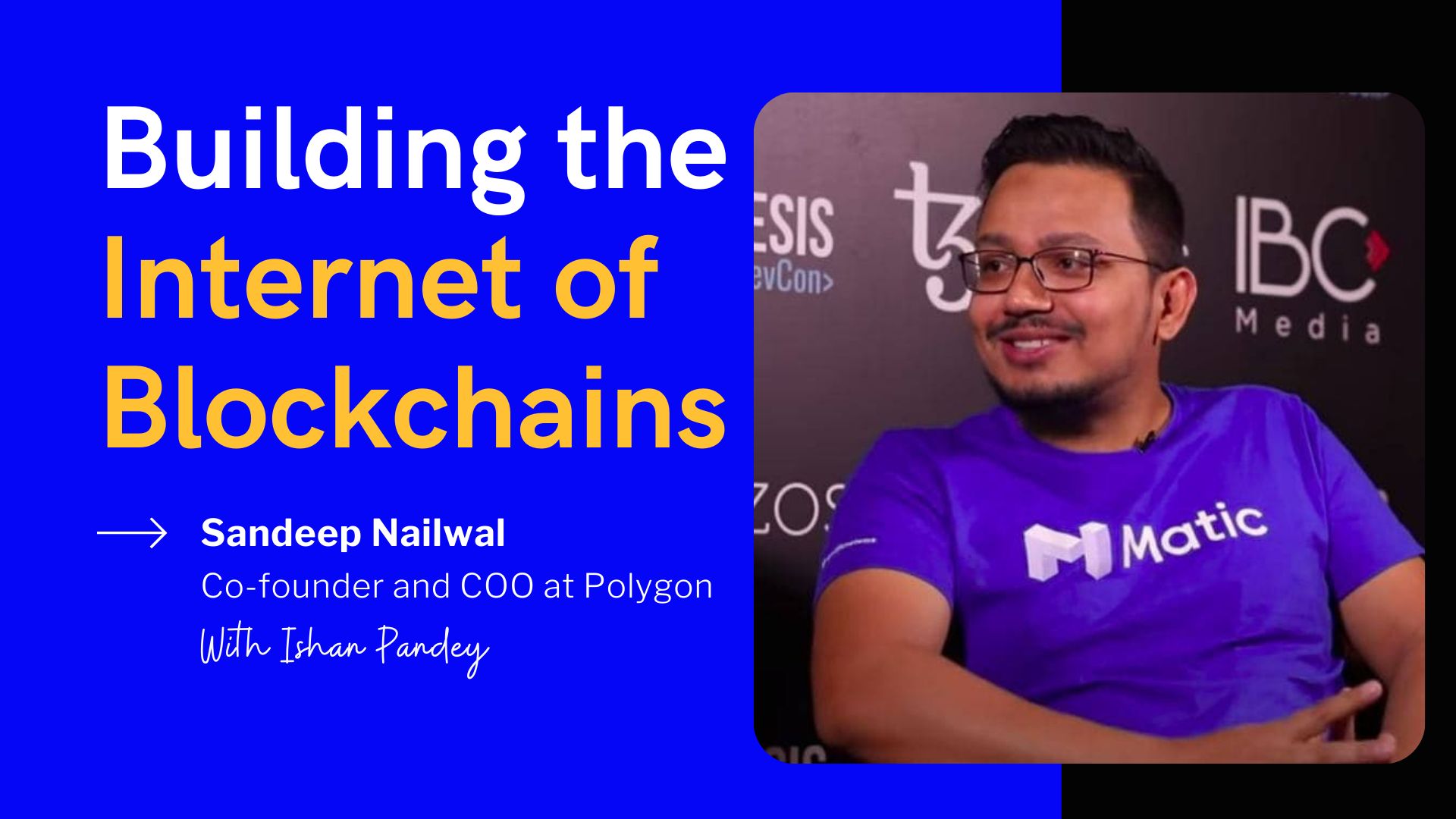 This interview discusses the internet of blockchain, Polygon/matic and Defi and how developers can build decentralised applications.
This interview discusses the internet of blockchain, Polygon/matic and Defi and how developers can build decentralised applications.
 Do you want to learn more about blockchain? Would you like to network with other Web3 enthusiasts and learn more about the most important industry trends? Then
Do you want to learn more about blockchain? Would you like to network with other Web3 enthusiasts and learn more about the most important industry trends? Then
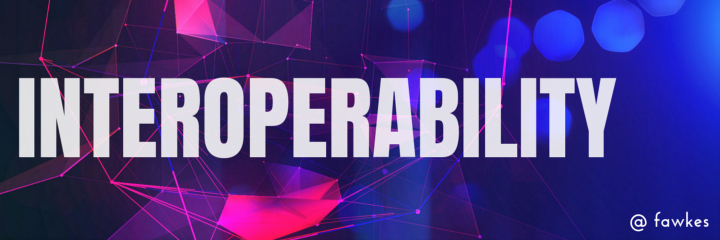 Interoperability is a characteristic of a product or system, whose interfaces are completely understood, to work with other products or systems, at present or in the future, in either implementation or access, without any restrictions. - Wikipedia
Interoperability is a characteristic of a product or system, whose interfaces are completely understood, to work with other products or systems, at present or in the future, in either implementation or access, without any restrictions. - Wikipedia
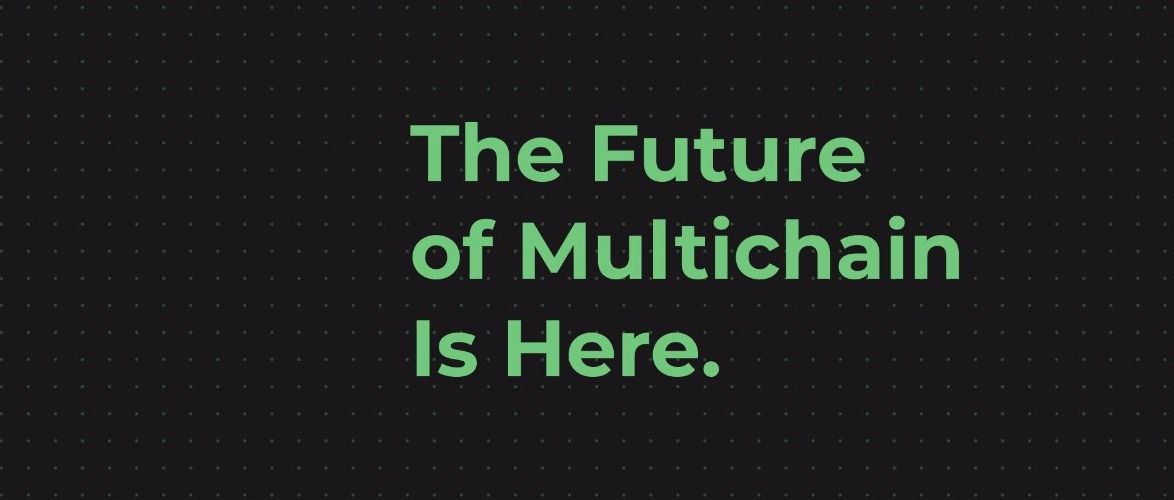 Why the world needs a decentralized blockchain with built-in omnichain interoperability
Why the world needs a decentralized blockchain with built-in omnichain interoperability
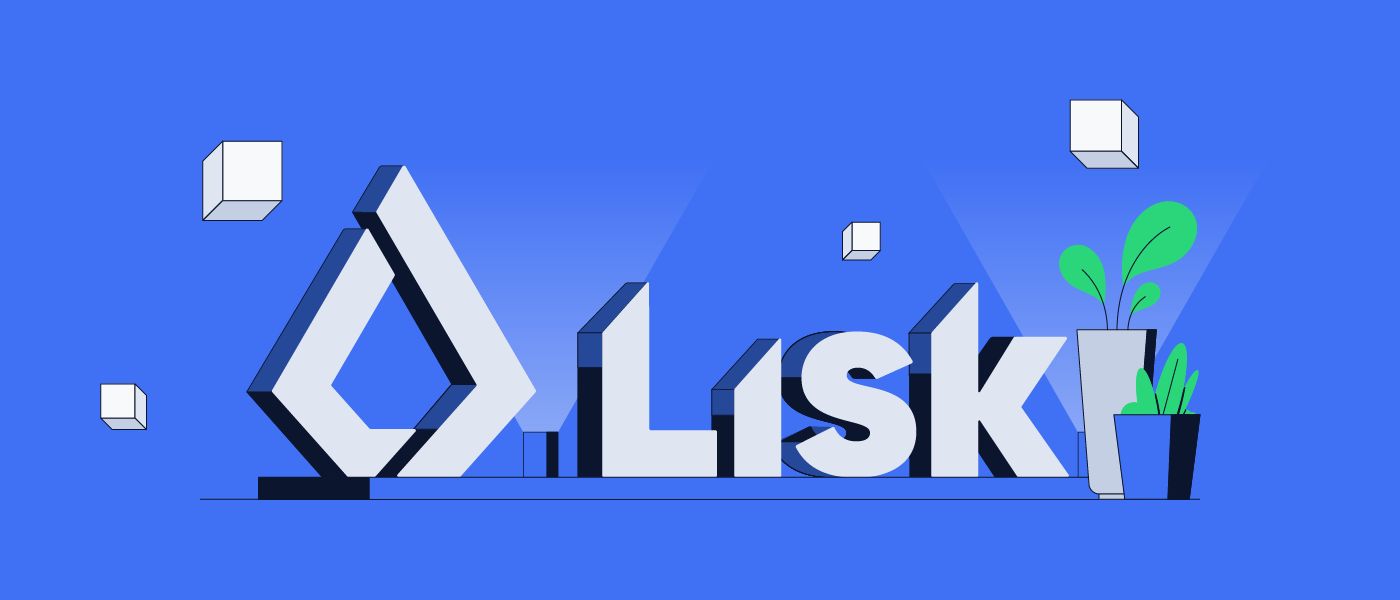 Lisk is an open-source blockchain application platform that aims to improve Web3 accessibility for both users and developers.
Lisk is an open-source blockchain application platform that aims to improve Web3 accessibility for both users and developers.
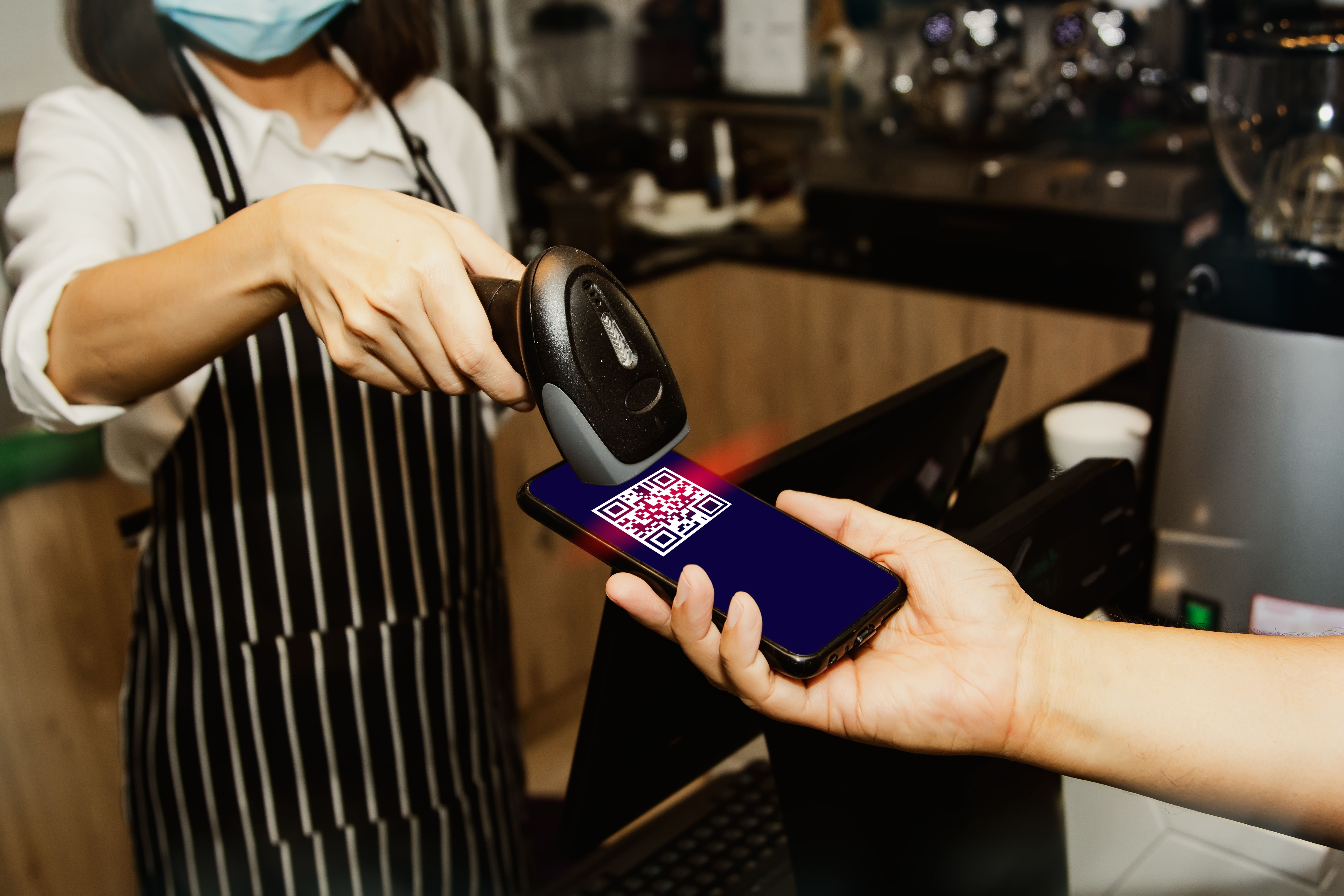 Dapp was nominated as one of the best startups in Queretaro in Startups of the Year hosted by HackerNoon.
Dapp was nominated as one of the best startups in Queretaro in Startups of the Year hosted by HackerNoon.
 Dragonchain's hybrid platform provides blockchain-based measurable proof for selective transparency, accountability, and regulatory compliance.
Dragonchain's hybrid platform provides blockchain-based measurable proof for selective transparency, accountability, and regulatory compliance.
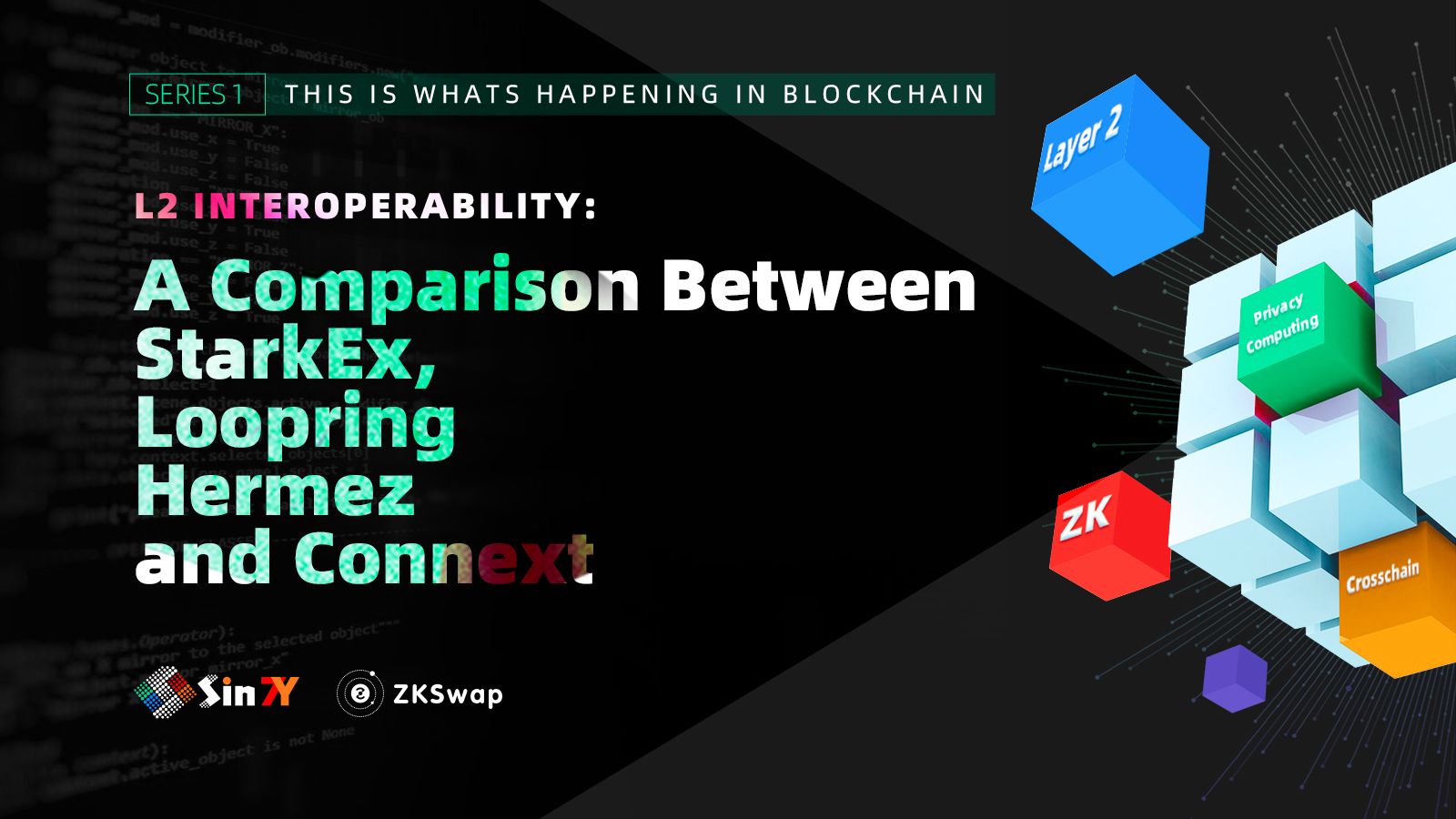 StarkEx, Loopring, Hermez and Connext use different methods to solve the funding efficiency problem of liquidity providers. Will any of them be a perfect one?
StarkEx, Loopring, Hermez and Connext use different methods to solve the funding efficiency problem of liquidity providers. Will any of them be a perfect one?
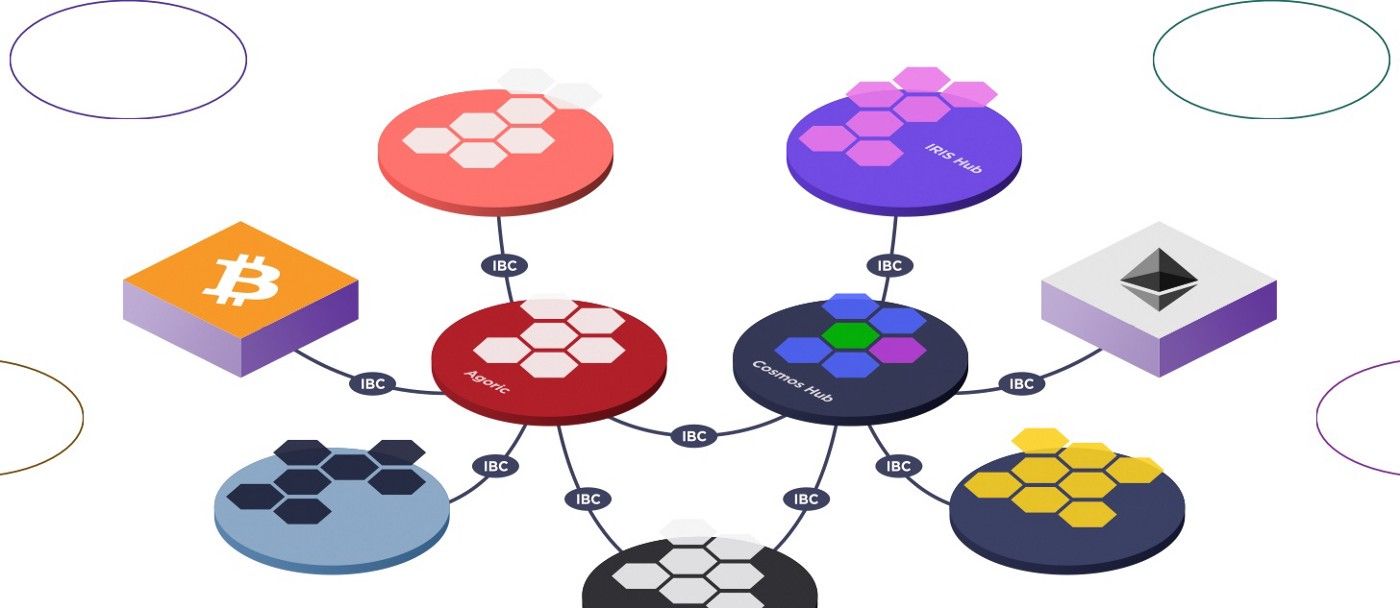 This story explains inter-blockchain communication (IBC) and interoperability.
This story explains inter-blockchain communication (IBC) and interoperability.
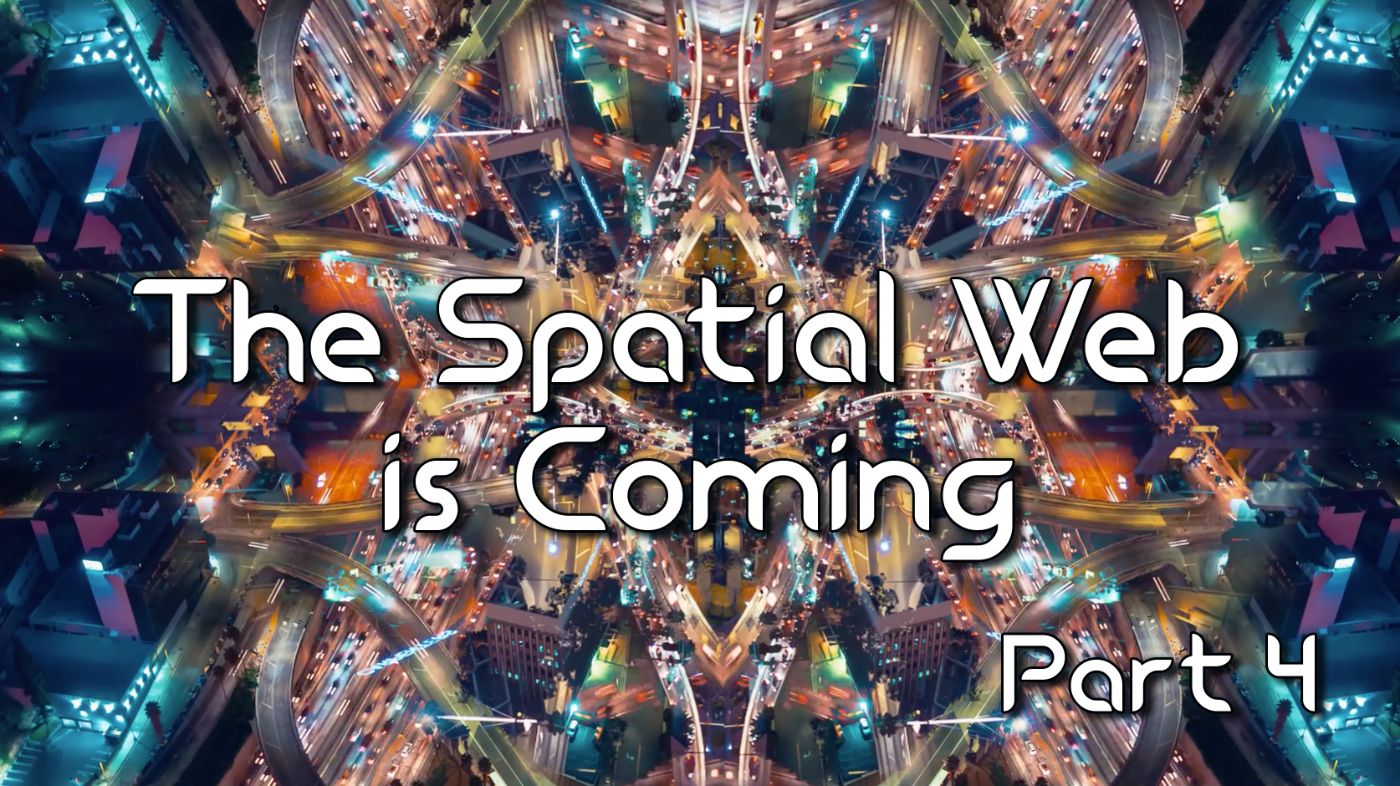 Anything that wants to be recognized will have to be included in this Web 3.0 network. Every protocol, platform, interaction, messaging, data distribution, 1st
Anything that wants to be recognized will have to be included in this Web 3.0 network. Every protocol, platform, interaction, messaging, data distribution, 1st
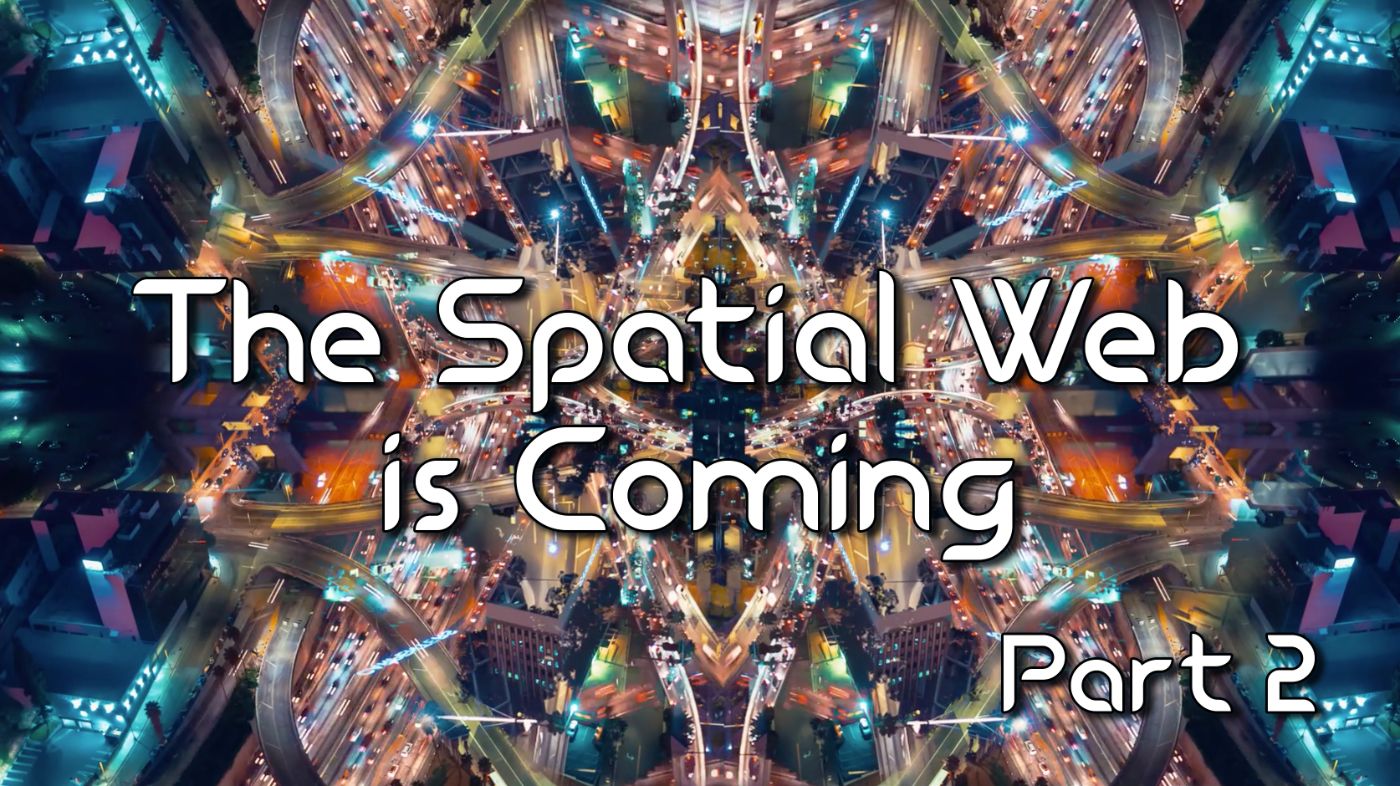 Undeniably, there are specific Smart Technologies that will be crucial to the architecture of this universal network of interconnected people, places & things,
Undeniably, there are specific Smart Technologies that will be crucial to the architecture of this universal network of interconnected people, places & things,
 Metropolis World wants to go one step further and bridge the gap between different blockchains and metaverses, partnering with the Flare Network
Metropolis World wants to go one step further and bridge the gap between different blockchains and metaverses, partnering with the Flare Network
 As the Metaverse narrative grows we will see multiple and different iterations of the Metaverse, each one based on the vision laid out by its creators.
As the Metaverse narrative grows we will see multiple and different iterations of the Metaverse, each one based on the vision laid out by its creators.
 The metaverse has layers, just like ogres and onions.
The metaverse has layers, just like ogres and onions.
 Joining the Metaverse isn't so easy, as this striped red fox recently discovered. So how do we embed inclusivity into its foundation for an equitable future?
Joining the Metaverse isn't so easy, as this striped red fox recently discovered. So how do we embed inclusivity into its foundation for an equitable future?
 Blockchain Bridges address Blockchain's inherent inability for interoperability. By allowing different chains to communicate, the ecosystem is streamlined.
Blockchain Bridges address Blockchain's inherent inability for interoperability. By allowing different chains to communicate, the ecosystem is streamlined.
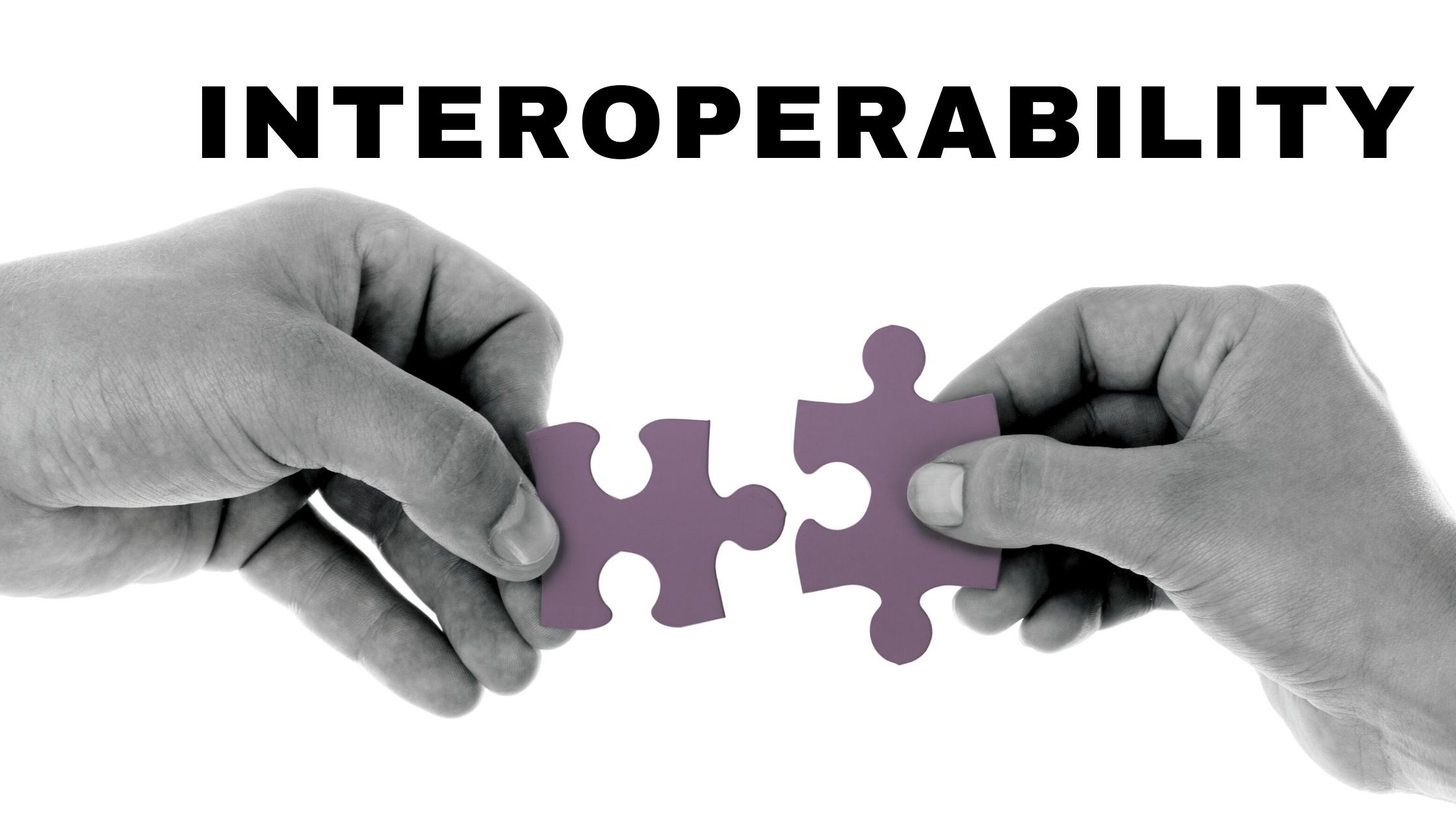 If you are in the crypto world, then the word "blockchain interoperability" may familiar to you because there are so many projects are gaining publicity and funds from investors by using this term, and many projects like Chainlink, Cosmos, Polkadot, and Wanchain are claiming to give true blockchain interoperability. So in this article, we will discuss about these projects and try to understand what kind of blockchain interoperability they are giving and what benefits we can get because of blockchain interoperability?
If you are in the crypto world, then the word "blockchain interoperability" may familiar to you because there are so many projects are gaining publicity and funds from investors by using this term, and many projects like Chainlink, Cosmos, Polkadot, and Wanchain are claiming to give true blockchain interoperability. So in this article, we will discuss about these projects and try to understand what kind of blockchain interoperability they are giving and what benefits we can get because of blockchain interoperability?
 Interoperability in the context of blockchains refers to a blockchain's capacity to freely exchange information with other blockchains which will be important.
Interoperability in the context of blockchains refers to a blockchain's capacity to freely exchange information with other blockchains which will be important.
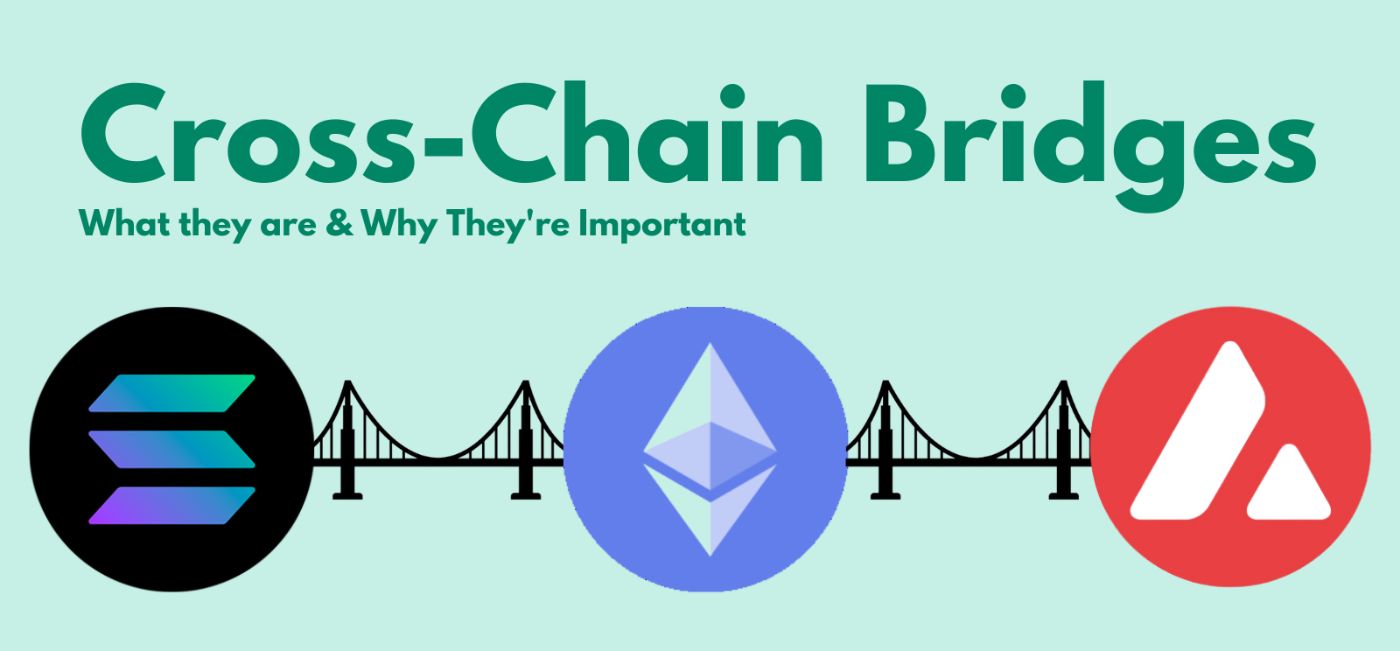 With the rapid development of DeFi market, the need for a covenient solution to transfer the assets between chains became apparent.
With the rapid development of DeFi market, the need for a covenient solution to transfer the assets between chains became apparent.
 The global supply chain is in a gridlock. Let's fix that.
The global supply chain is in a gridlock. Let's fix that.
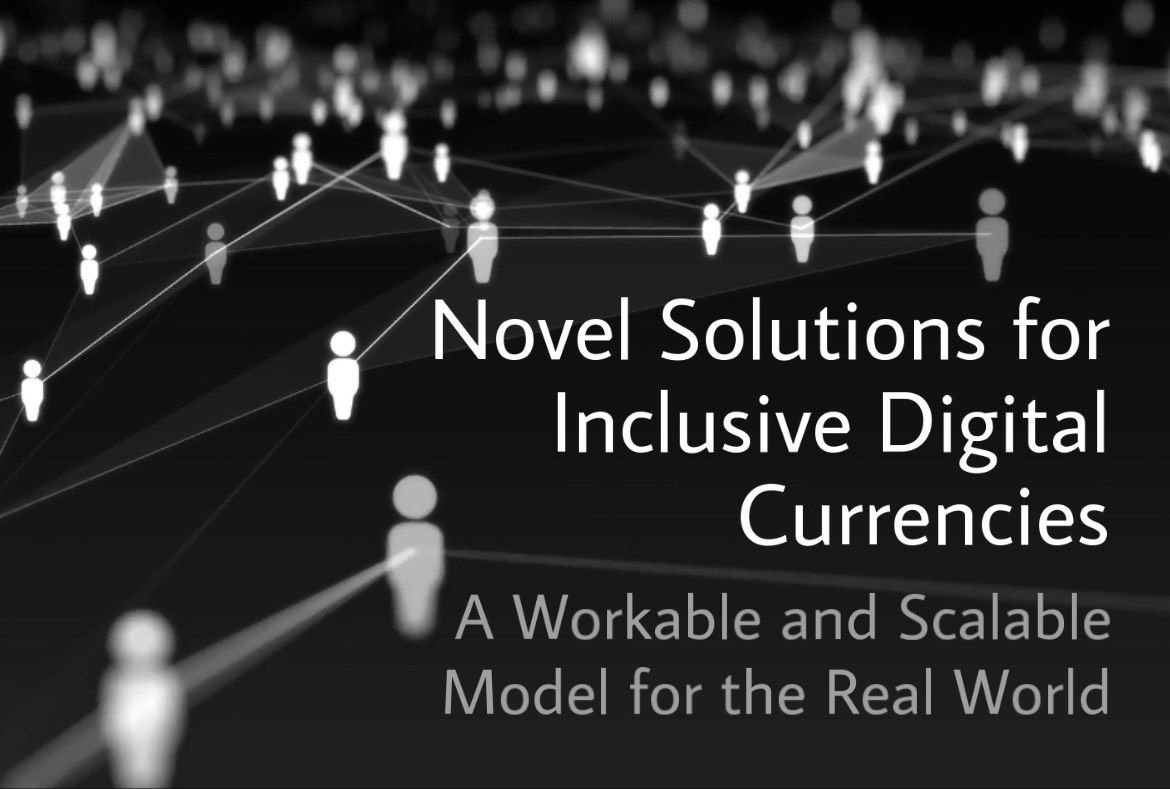 An efficient, interoperable, scalable, and quantum encrypted CBDC solution for sovereign monetary systems of the future, possible today.
An efficient, interoperable, scalable, and quantum encrypted CBDC solution for sovereign monetary systems of the future, possible today.
 A look at exciting developments in the blockchain industry for 2022.
A look at exciting developments in the blockchain industry for 2022.
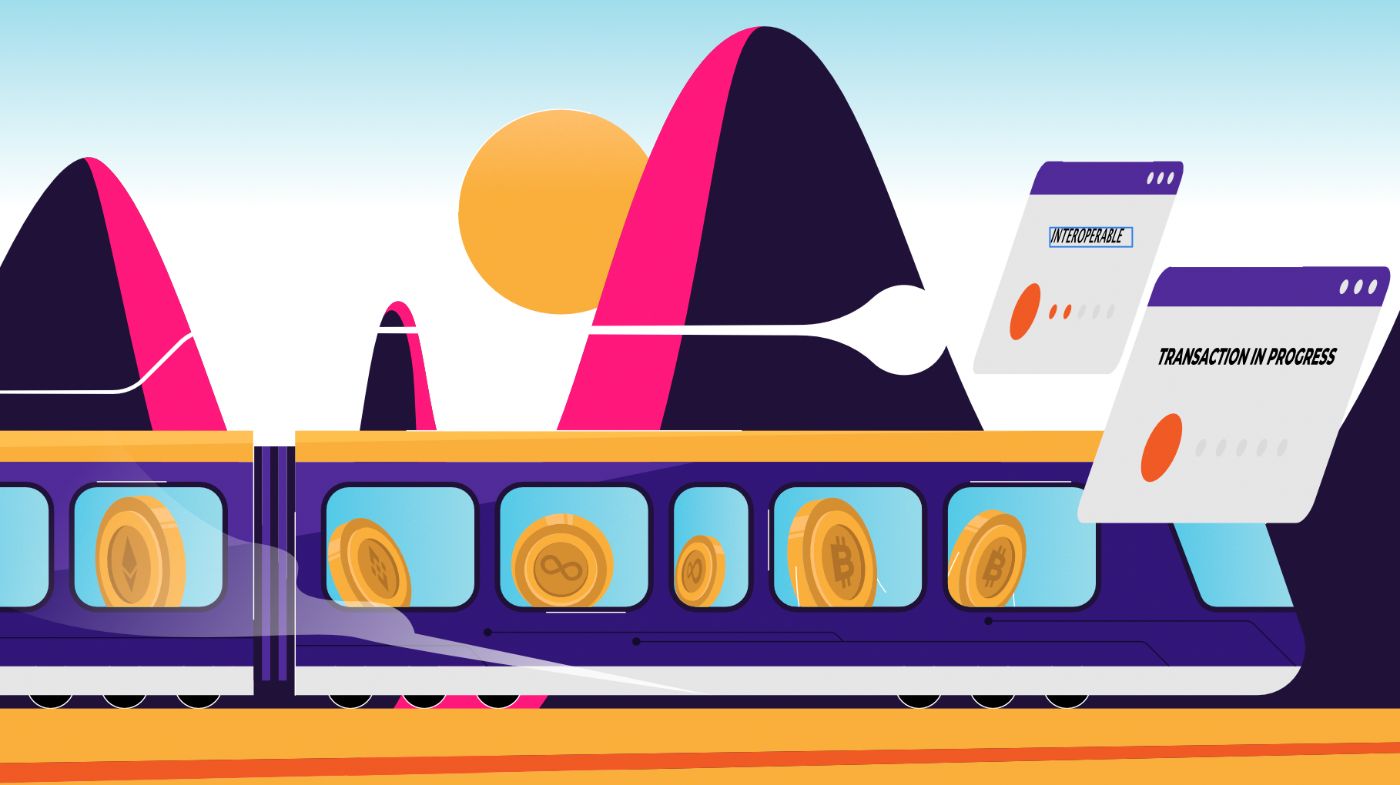 Blockchain bridges are hard to do technically and susceptible to hacks. That's why other solutions like direction integrations are needed.
Blockchain bridges are hard to do technically and susceptible to hacks. That's why other solutions like direction integrations are needed.
 Without interoperability protocols, decentralization would be a myth. Let's explore the problem of cross-chain bridges and its solution.
Without interoperability protocols, decentralization would be a myth. Let's explore the problem of cross-chain bridges and its solution.
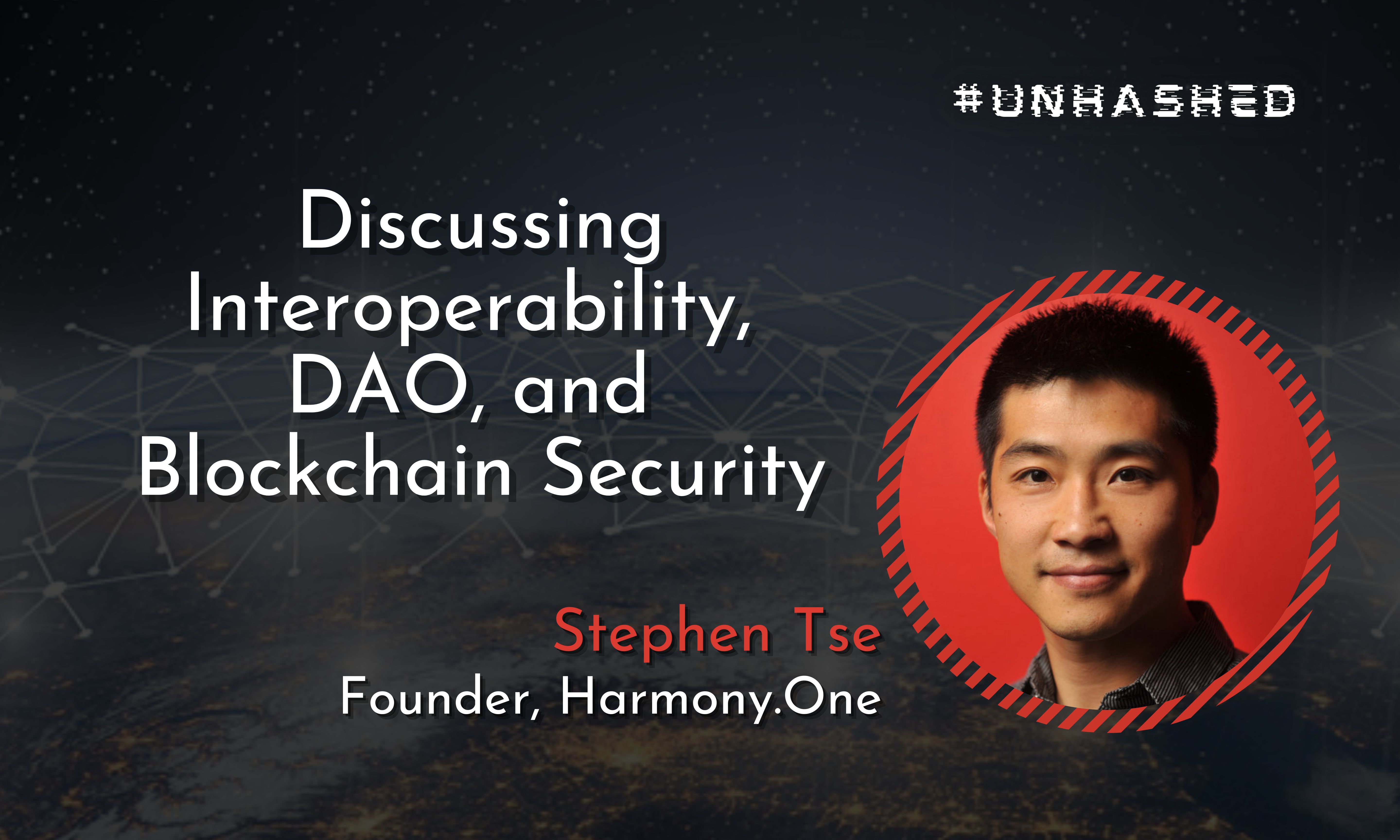 Harmony.one’s founder, Stephen Tse, discusses the importance of interoperability for blockchain.
Harmony.one’s founder, Stephen Tse, discusses the importance of interoperability for blockchain.
 Cross-chain messages, the bread and butter of interoperability are an important blockchain technology that be used for transactions, information exchange & more
Cross-chain messages, the bread and butter of interoperability are an important blockchain technology that be used for transactions, information exchange & more
 Ethermint is a portmanteau word blending Ethereum and Tendermint together. But for most people, their grasp on the project, the what, the why stops there.
Ethermint is a portmanteau word blending Ethereum and Tendermint together. But for most people, their grasp on the project, the what, the why stops there.
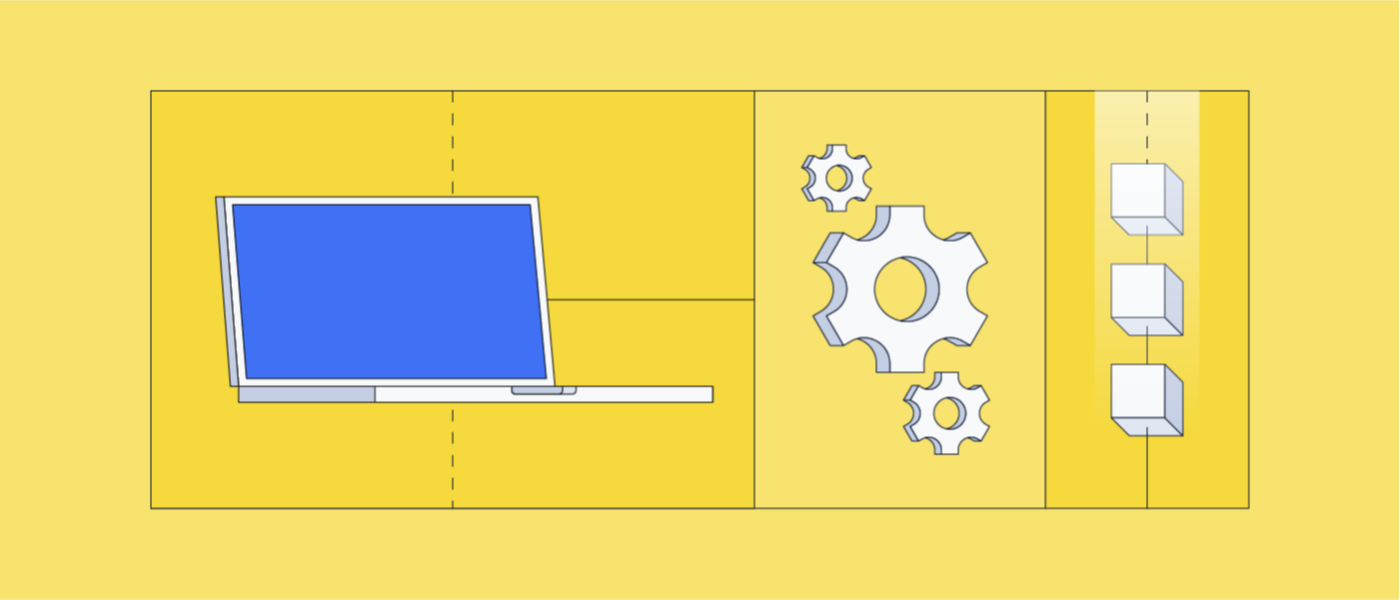 A major blocker of Web3 is that blockchain are often isolated with no communication between them. The expansion of Web3 requires interoperability.
A major blocker of Web3 is that blockchain are often isolated with no communication between them. The expansion of Web3 requires interoperability.
 This interview talks about blockchain interoperability and scaling blockchain solutions with layer two solutions.
This interview talks about blockchain interoperability and scaling blockchain solutions with layer two solutions.
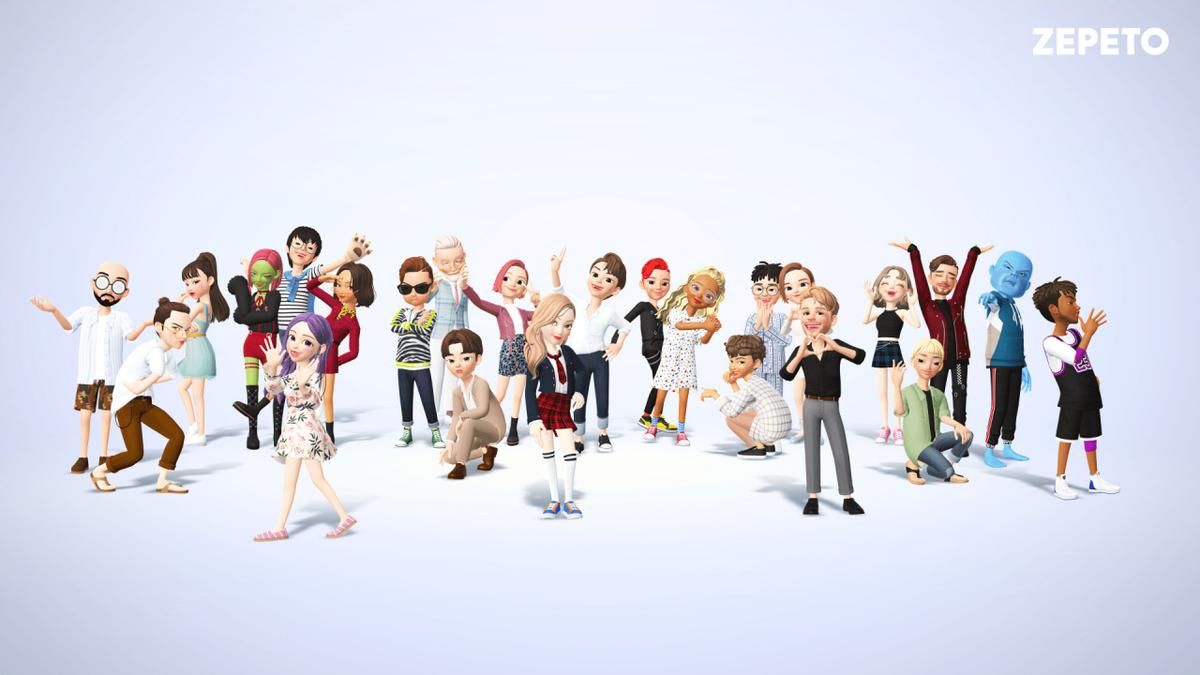 Here is what you need to know about avatars in the metaverse
Here is what you need to know about avatars in the metaverse
 Our all-new high-impact quarterly keynote in which we reveal the latest exciting developments and showcase stunning new products in the Cosmos ecosystem is here
Our all-new high-impact quarterly keynote in which we reveal the latest exciting developments and showcase stunning new products in the Cosmos ecosystem is here
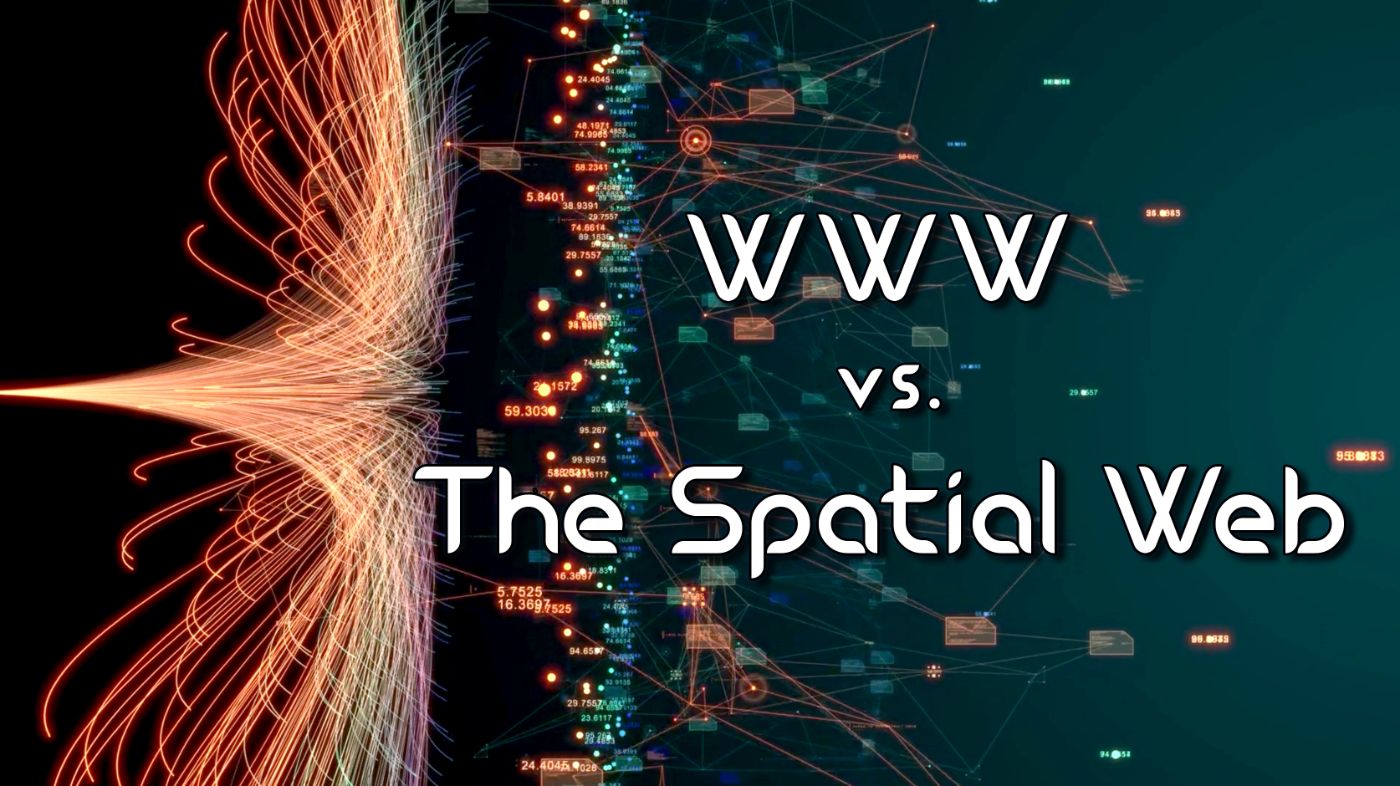 The World Wide Web is a library of pages. The Spatial Web is a library of spaces.
using a new protocol linking spaces and all objects over multiple dimensions.
The World Wide Web is a library of pages. The Spatial Web is a library of spaces.
using a new protocol linking spaces and all objects over multiple dimensions.
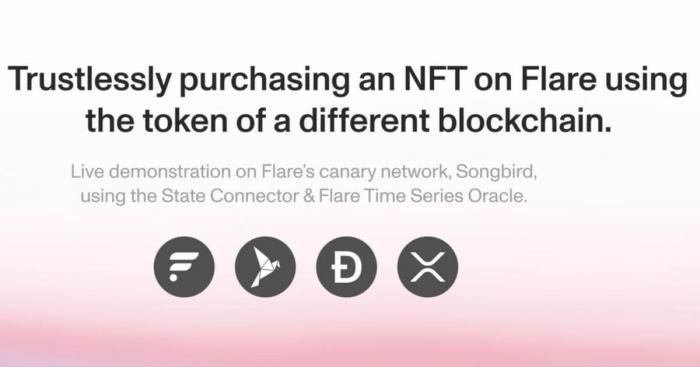 Dubai, Feb 23: The layer-1 for data, Flare, just completed a live demonstration of new interoperability functionality now available in beta on the network. Using two core interoperability protocols, State Connector and Flare Time Series Oracle (FTSO), an NFT was trustlessly purchased with the transaction taking place on a different chain using a different token. The demo was performed on Flare’s canary network, Songbird, with the purchase made using DOGE and XRP tokens.
Dubai, Feb 23: The layer-1 for data, Flare, just completed a live demonstration of new interoperability functionality now available in beta on the network. Using two core interoperability protocols, State Connector and Flare Time Series Oracle (FTSO), an NFT was trustlessly purchased with the transaction taking place on a different chain using a different token. The demo was performed on Flare’s canary network, Songbird, with the purchase made using DOGE and XRP tokens.
 During the Non-fungible Conference, Hackernoon got an exclusive interview with Arunkumar Krishnakumar, who shared insights on his new project, Bullieverse.
During the Non-fungible Conference, Hackernoon got an exclusive interview with Arunkumar Krishnakumar, who shared insights on his new project, Bullieverse.
 Web3 is going to be built by a network of engineers working towards common goals using multichain collaboration to make it as interconnected as possible.
Web3 is going to be built by a network of engineers working towards common goals using multichain collaboration to make it as interconnected as possible.
 If designed in a compact manner, blockchain applications can disrupt the IoT industry.
If designed in a compact manner, blockchain applications can disrupt the IoT industry.
 This is my first major study (source), about Blockchain Interoperability, which started in December 2019 and was last updated today.
This is my first major study (source), about Blockchain Interoperability, which started in December 2019 and was last updated today.
We analysed 330+ documents and obtained feedback from 30 people, to categorize the most relevant blockchain interoperability projects.
We came up with three categories: Cryptocurrency-directed interoperability approaches, Blockchain Engines, and Blockchain Connectors.
 Interoperability is a big word with even bigger connotations for the cryptosphere. In Fact, apart from the burgeoning DeFi movement, no other industry vertical is attracting so much investment and interest.
Interoperability is a big word with even bigger connotations for the cryptosphere. In Fact, apart from the burgeoning DeFi movement, no other industry vertical is attracting so much investment and interest.
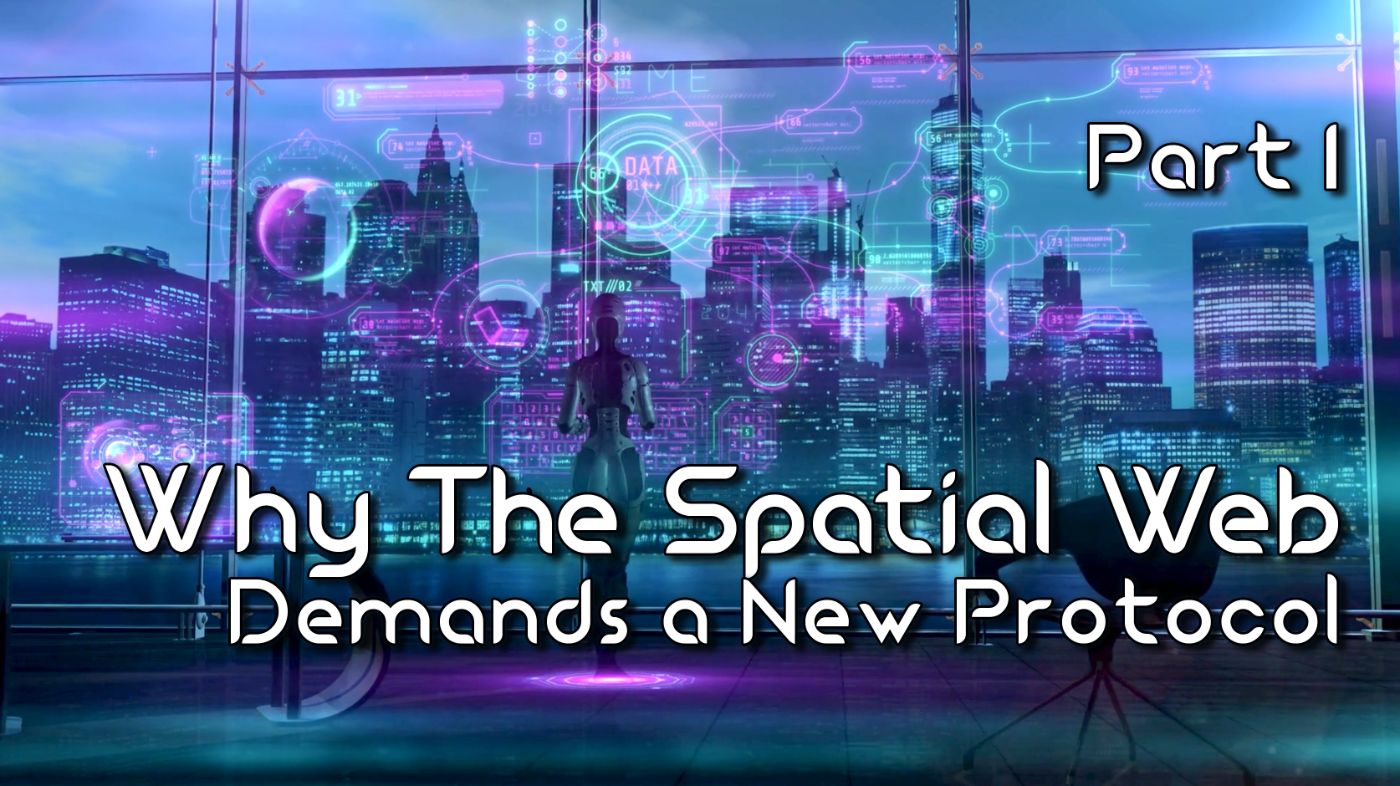 As technology evolves, the way in which we interact with it and utilize it demands more expansion and sophistication over time.
As technology evolves, the way in which we interact with it and utilize it demands more expansion and sophistication over time.
 Passing of Proposal 41 marks a momentous milestone in the evolution of the Cosmos ecosystem & the vision to realize the IBC Protocol as foundation.
Passing of Proposal 41 marks a momentous milestone in the evolution of the Cosmos ecosystem & the vision to realize the IBC Protocol as foundation.
 Despite going through a very rough period between early 2018 and early 2020, the so-called “crypto winter” has seemingly come to an end. Bitcoin and alternative markets are showing signs of life in terms of price discovery. Combined with the rise in attention for DeFi projects, the second half of this year - as well as the years to come - offer a lot of potential. More and more companies are paying attention to Bitcoin. As Binance CEO Changpeng Zhao states, it is a sign of stimulus money flowing from Wall Street into Bitcoin.
Despite going through a very rough period between early 2018 and early 2020, the so-called “crypto winter” has seemingly come to an end. Bitcoin and alternative markets are showing signs of life in terms of price discovery. Combined with the rise in attention for DeFi projects, the second half of this year - as well as the years to come - offer a lot of potential. More and more companies are paying attention to Bitcoin. As Binance CEO Changpeng Zhao states, it is a sign of stimulus money flowing from Wall Street into Bitcoin.
 Blockchain industry is developing at a very high pace of innovation, adjusting and tuning its parameters, trying to find its market fit. There are thousands of projects available on the CMC, but just a few really worth a bigger attention. Lets try to briefly review the industry, its trends, where we are heading, and how Hybrid platforms (priv+pub) fit into a bigger picture.
Blockchain industry is developing at a very high pace of innovation, adjusting and tuning its parameters, trying to find its market fit. There are thousands of projects available on the CMC, but just a few really worth a bigger attention. Lets try to briefly review the industry, its trends, where we are heading, and how Hybrid platforms (priv+pub) fit into a bigger picture.
 That said, even though today’s bridging solutions are not without their shortcomings, cross-chain bridging is a mandatory feature for blockchains.
That said, even though today’s bridging solutions are not without their shortcomings, cross-chain bridging is a mandatory feature for blockchains.
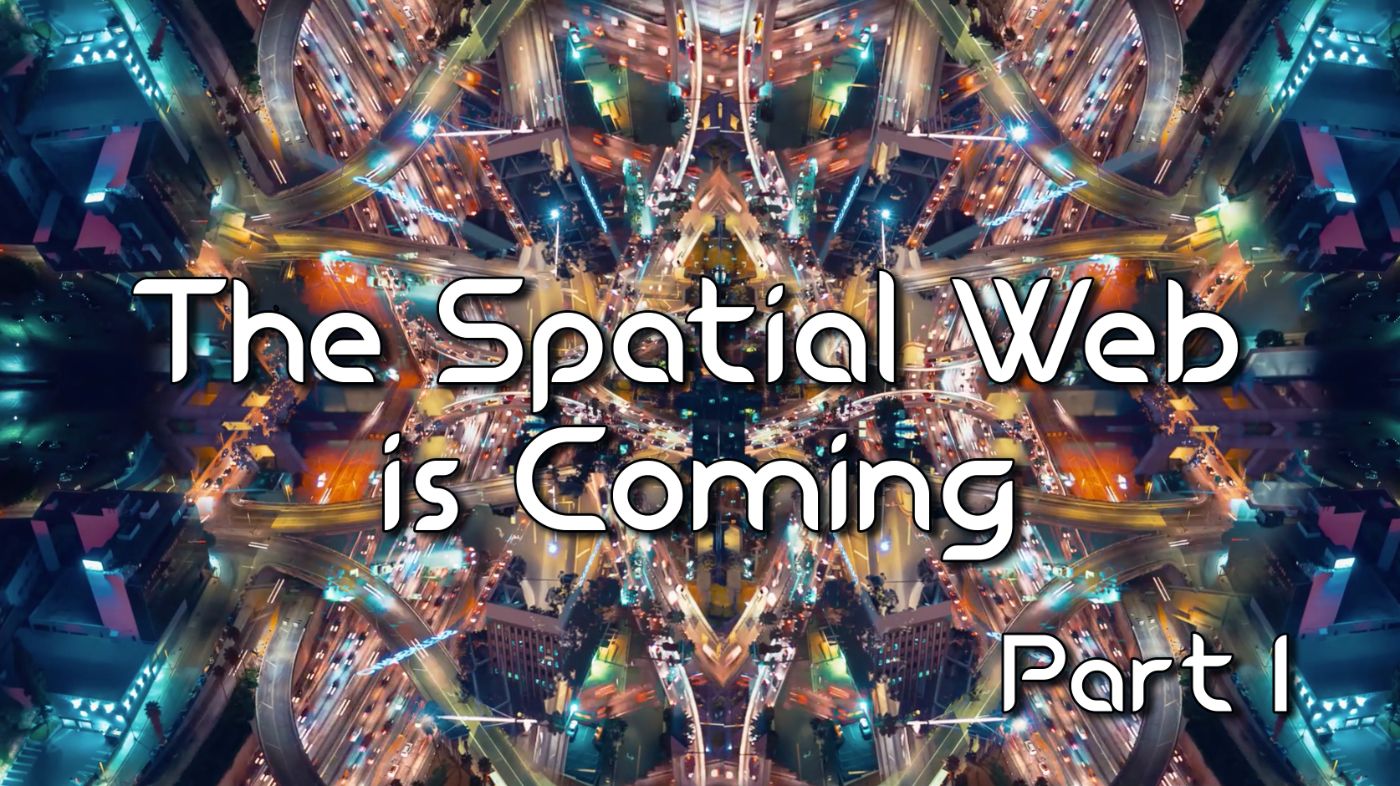 Most Web3 companies are building for "enhanced" Web2 experiences. They are not yet considering what is truly required for the implementation of a decentralized
Most Web3 companies are building for "enhanced" Web2 experiences. They are not yet considering what is truly required for the implementation of a decentralized
 In this interview we'll speak with Marius Ciortan on the role that multichain token systems play in achieving interoperability.
In this interview we'll speak with Marius Ciortan on the role that multichain token systems play in achieving interoperability.
 After nearly 9 months of work, version 3 of “A Survey on Blockchain Interoperability: Past, Present, and Future Trends” is out. This survey depicts the state of blockchain interoperability as of March 2021, by collecting and analyzing 404 documents.
After nearly 9 months of work, version 3 of “A Survey on Blockchain Interoperability: Past, Present, and Future Trends” is out. This survey depicts the state of blockchain interoperability as of March 2021, by collecting and analyzing 404 documents.
 Lisk Mainnet v2 successfully completed the migration to Lisk Mainnet v3. This comprises the biggest protocol changes on the Lisk blockchain ever. See details.
Lisk Mainnet v2 successfully completed the migration to Lisk Mainnet v3. This comprises the biggest protocol changes on the Lisk blockchain ever. See details.
 This is the next edition of the blog post series covering the details of the Lisk interoperability solution.
This is the next edition of the blog post series covering the details of the Lisk interoperability solution.
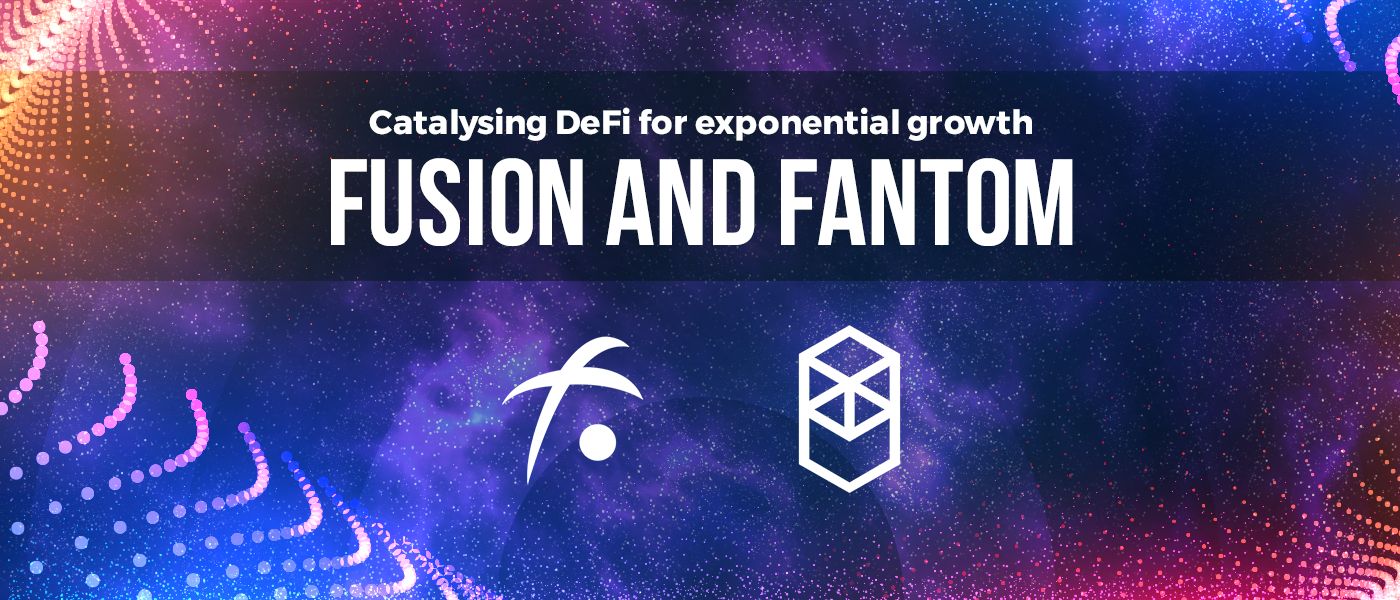 The DeFi space is growing tremendously since its inception, and platforms like Fusion and Fantom are proving to be the catalyst in this ever-growing niche.
The DeFi space is growing tremendously since its inception, and platforms like Fusion and Fantom are proving to be the catalyst in this ever-growing niche.
 A look at interoperability and its role in the adoption of blockchain technology
A look at interoperability and its role in the adoption of blockchain technology
 If cryptocurrency payments are to ever compete with credit cards and mobile apps for day-to-day use, sending and receiving cryptocurrency needs to be just as easy.
If cryptocurrency payments are to ever compete with credit cards and mobile apps for day-to-day use, sending and receiving cryptocurrency needs to be just as easy.
 Discussion on the future of multichain technology within the Web3 space.
Discussion on the future of multichain technology within the Web3 space.
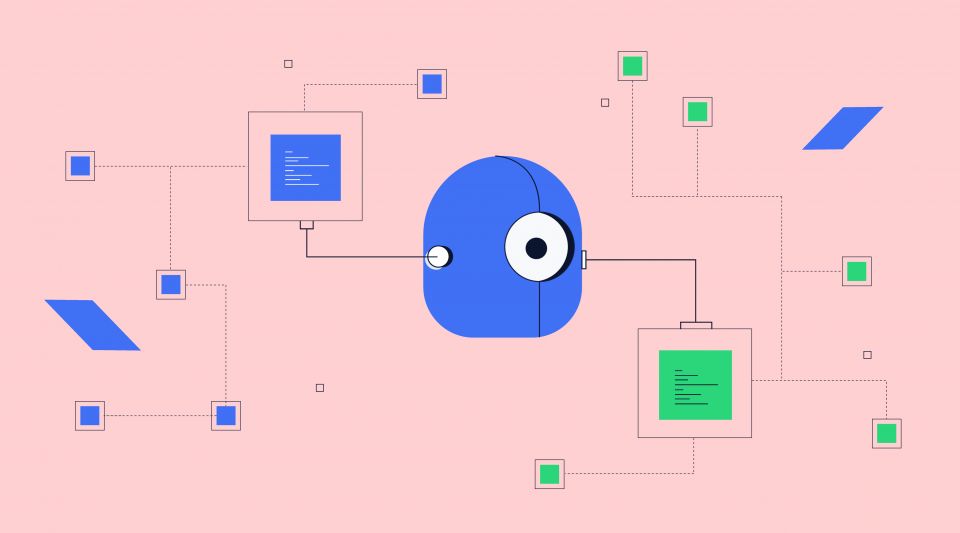 Around ten months ago we wrote in this blog post that all the research up to blockchain interoperability was completed.
Around ten months ago we wrote in this blog post that all the research up to blockchain interoperability was completed.
 This blog post is part of the interoperability blog post series taking a closer look at various aspects of the Lisk interoperability solution.
This blog post is part of the interoperability blog post series taking a closer look at various aspects of the Lisk interoperability solution.
 One of the central topics at our recent Lisk.js 2021 event, and the one we are most proud of in the Research team, was the publication of the Lisk interoperabil
One of the central topics at our recent Lisk.js 2021 event, and the one we are most proud of in the Research team, was the publication of the Lisk interoperabil
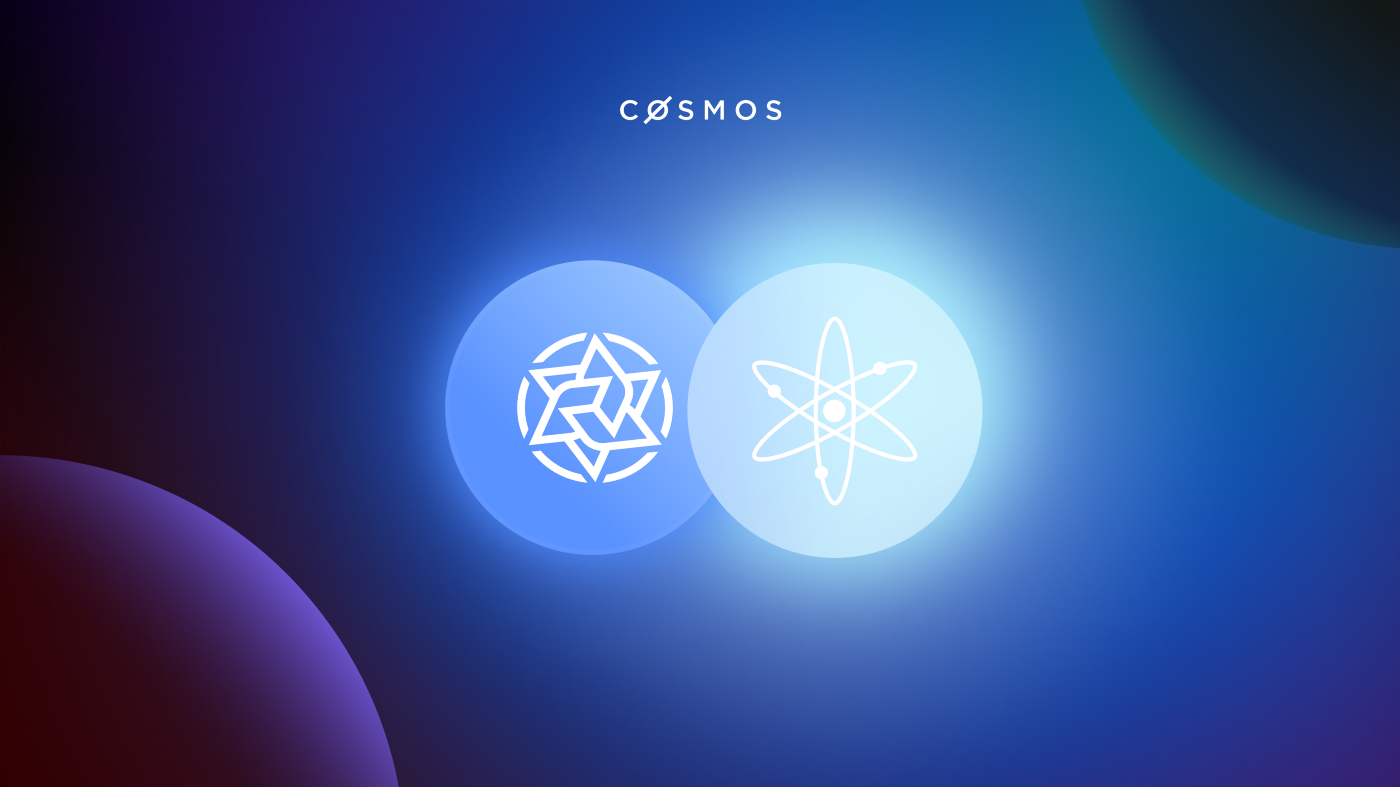 We discuss how Bianjie and IRISnet have been instrumental in developing Cosmos so far, what the recent grant from the Interchain Foundation (ICF) means and more
We discuss how Bianjie and IRISnet have been instrumental in developing Cosmos so far, what the recent grant from the Interchain Foundation (ICF) means and more
 This article talks about blockchain interoperability and the early days of ethereum and smart contract development.
This article talks about blockchain interoperability and the early days of ethereum and smart contract development.
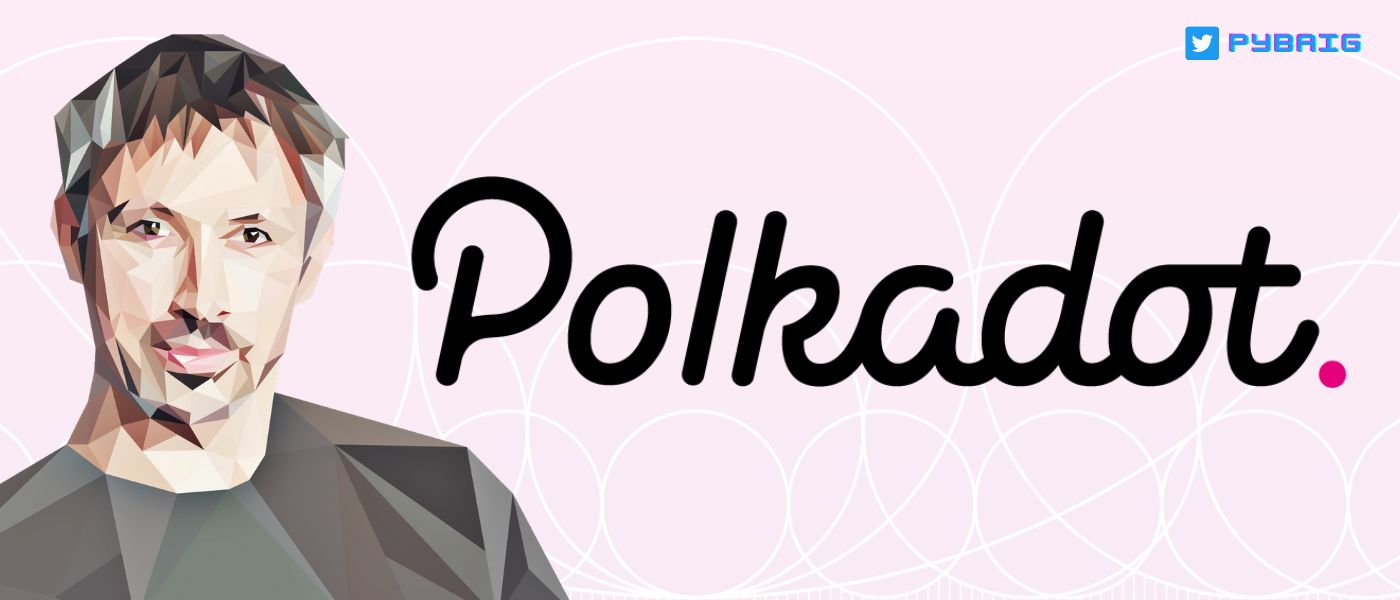 A detailed 2021 guide on Polkadot and how it is geared towards solving some of the most fundamental yet complex problems faced by the blockchain ecosystem today
A detailed 2021 guide on Polkadot and how it is geared towards solving some of the most fundamental yet complex problems faced by the blockchain ecosystem today
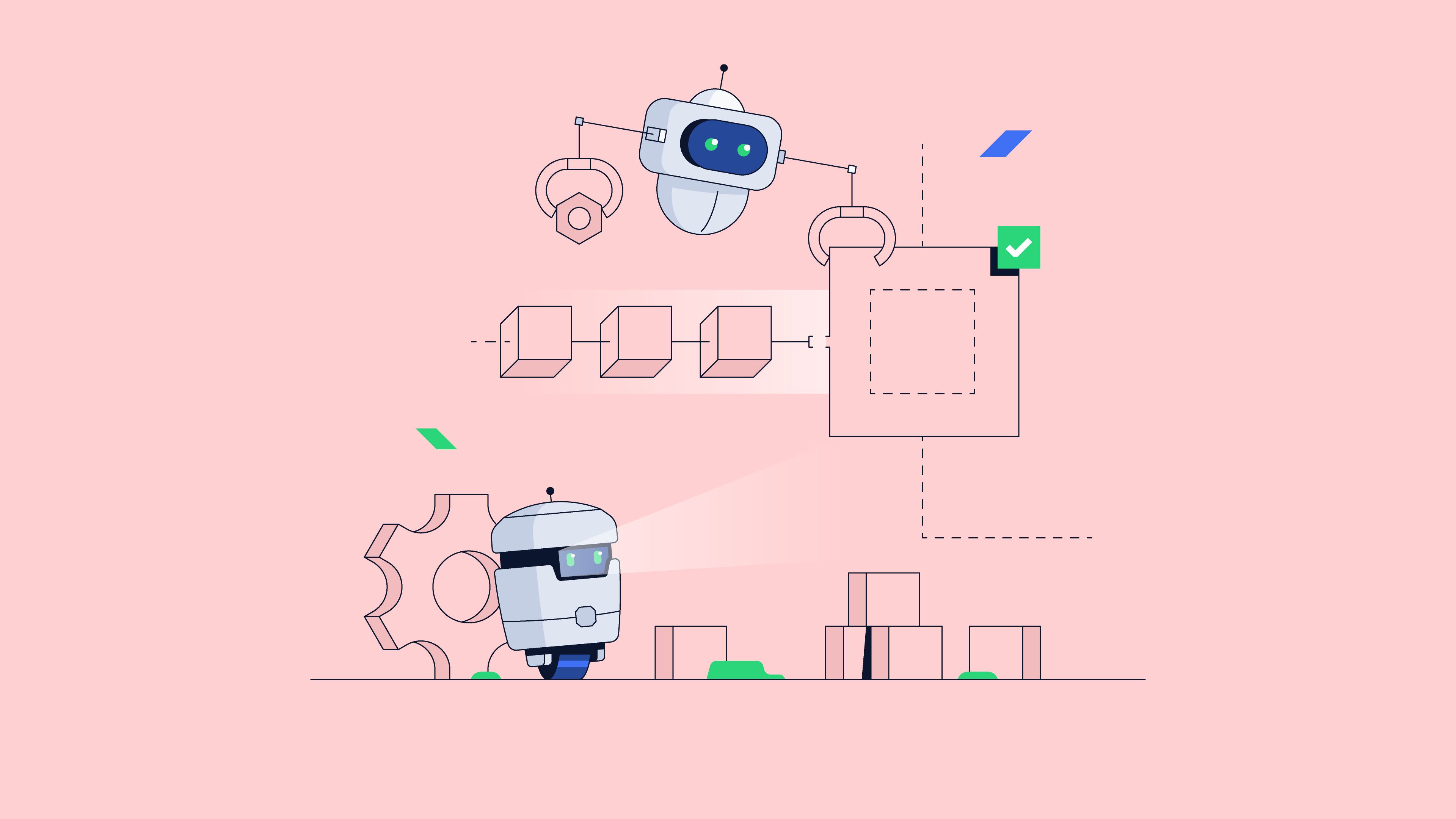 From its inception to its potential termination, a sidechain may go through three stages, corresponding to three states, in the context of the interoperability.
From its inception to its potential termination, a sidechain may go through three stages, corresponding to three states, in the context of the interoperability.
 This article talks about blockchain, FATF and NFTs.
This article talks about blockchain, FATF and NFTs.
 Health data is notoriously difficult to share. Due to its sensitive nature, it requires more privacy and security than any other data. However, the inability to access it on time can cause significant harm. In a world with high healthcare interoperability, doctors can aggregate patient data from various care facilities with a few mouse clicks and view it on their computer screen, including the complex medical imaging files. This will supply clinicians with a comprehensive overview of a patient’s medical history, allow them to access any recent test results, instead of having to repeat the same tests, and will eliminate redundant entries. In their pursuit of interoperability, medical facilities turn to healthcare software development vendors. But they are met with various challenges, including technicalities, such as which standard to choose, privacy concerns, and reluctance towards data sharing. So, how to improve interoperability in healthcare? And is it worth the investment?
Health data is notoriously difficult to share. Due to its sensitive nature, it requires more privacy and security than any other data. However, the inability to access it on time can cause significant harm. In a world with high healthcare interoperability, doctors can aggregate patient data from various care facilities with a few mouse clicks and view it on their computer screen, including the complex medical imaging files. This will supply clinicians with a comprehensive overview of a patient’s medical history, allow them to access any recent test results, instead of having to repeat the same tests, and will eliminate redundant entries. In their pursuit of interoperability, medical facilities turn to healthcare software development vendors. But they are met with various challenges, including technicalities, such as which standard to choose, privacy concerns, and reluctance towards data sharing. So, how to improve interoperability in healthcare? And is it worth the investment?
 In this slogging AMA, we hosted Adrian Krion, the CEO of Spielworks. Adrian explained the purpose of Spielworks, and we discussed tokens, gaming and NFTs.
In this slogging AMA, we hosted Adrian Krion, the CEO of Spielworks. Adrian explained the purpose of Spielworks, and we discussed tokens, gaming and NFTs.
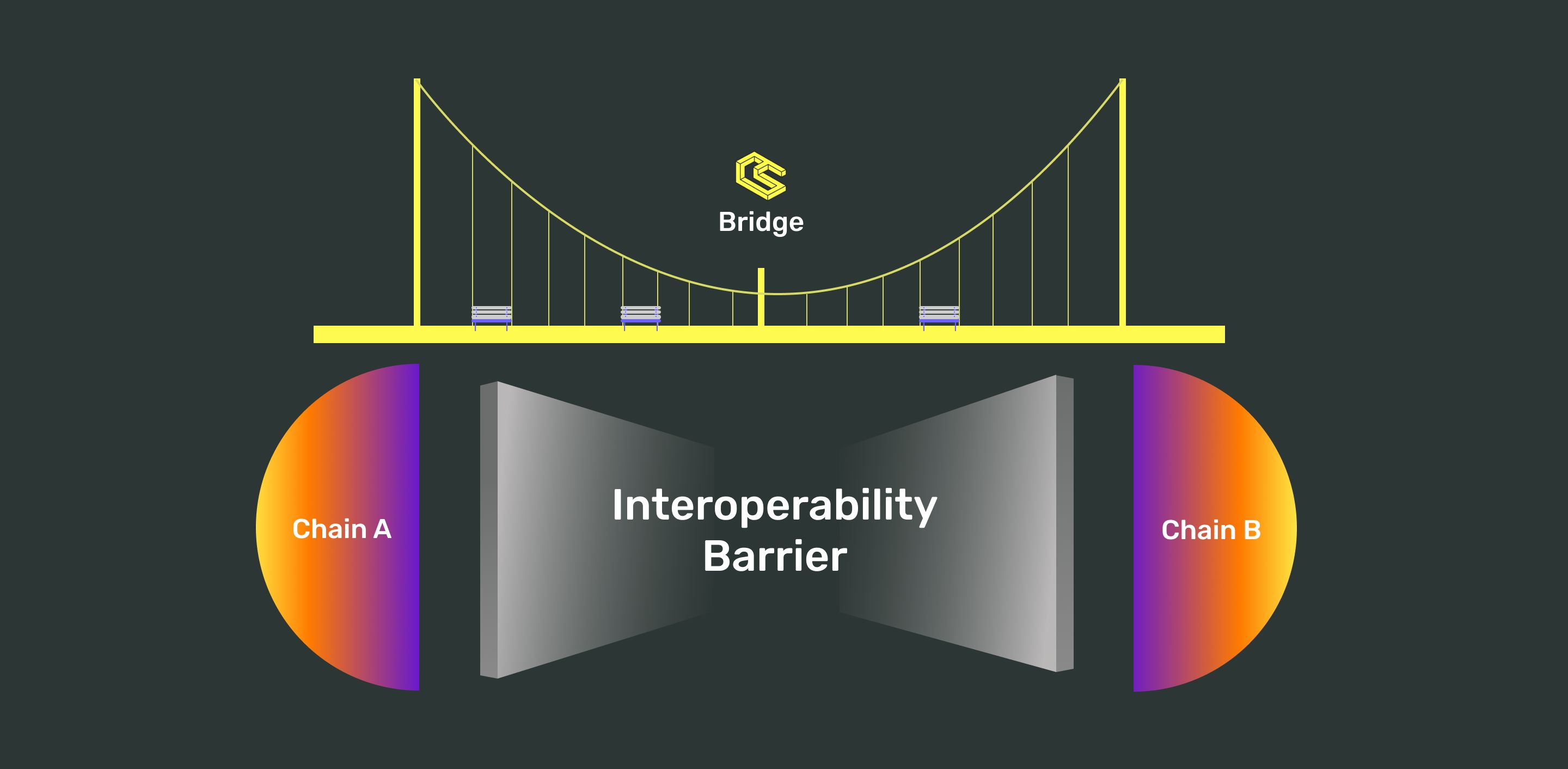 To resolve the issue of non-interoperability, a cornerstone technology of blockchain has been developed — the bridge.
To resolve the issue of non-interoperability, a cornerstone technology of blockchain has been developed — the bridge.
 In this Slogging AMA, we welcome Maciej Baj and Jacob Kowalewski from t3rn, a smart contracts platform.
In this Slogging AMA, we welcome Maciej Baj and Jacob Kowalewski from t3rn, a smart contracts platform.
